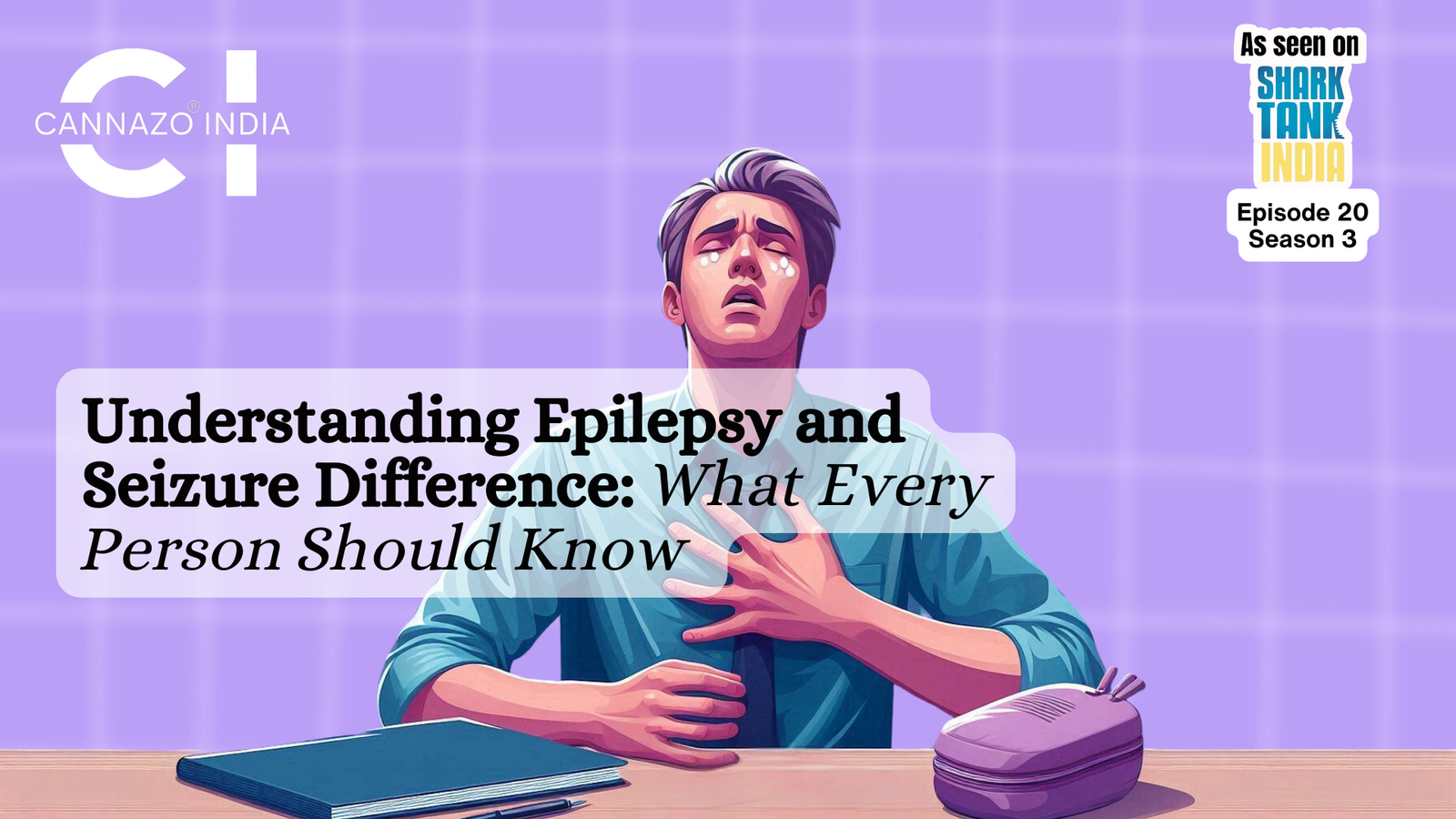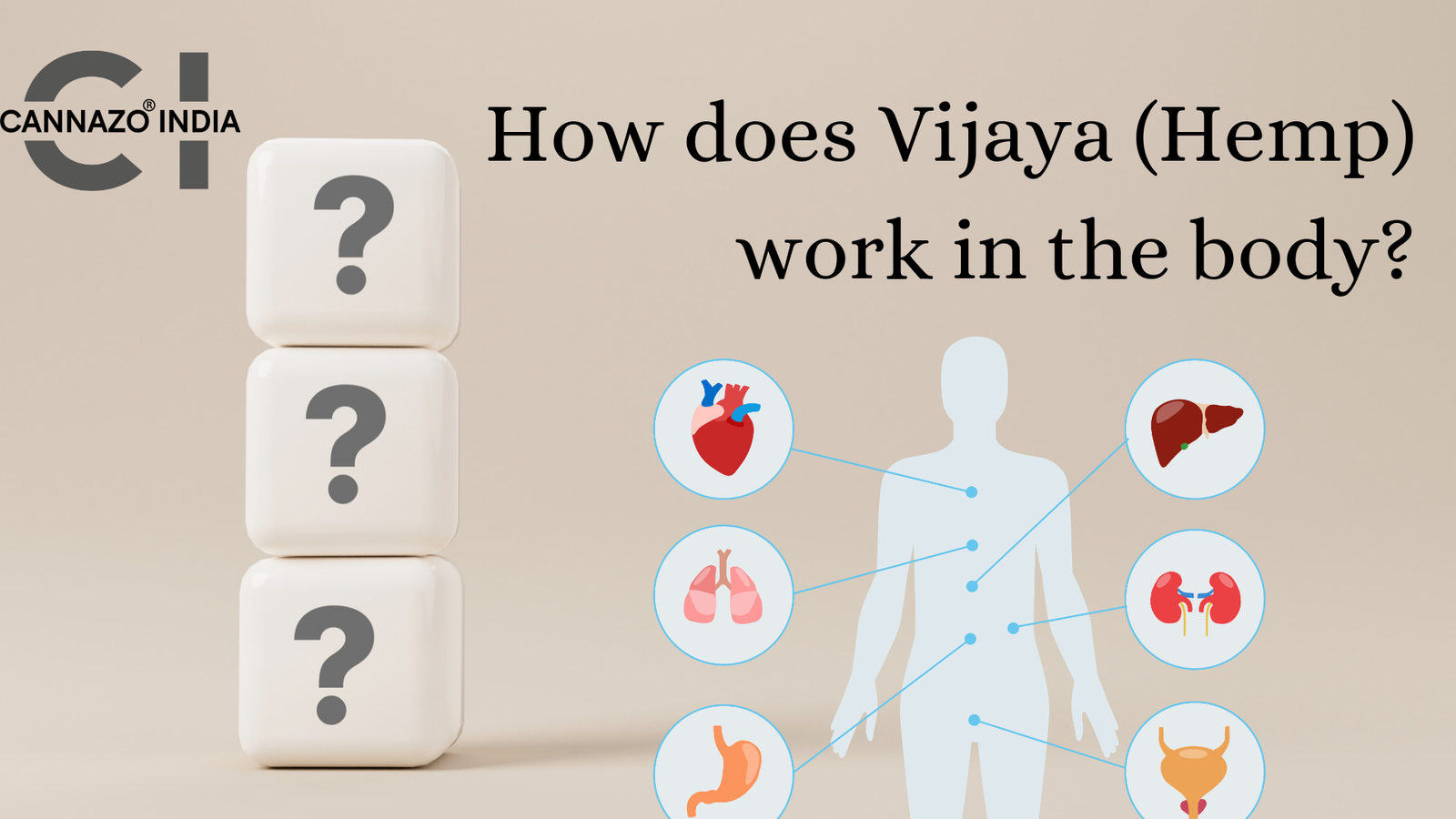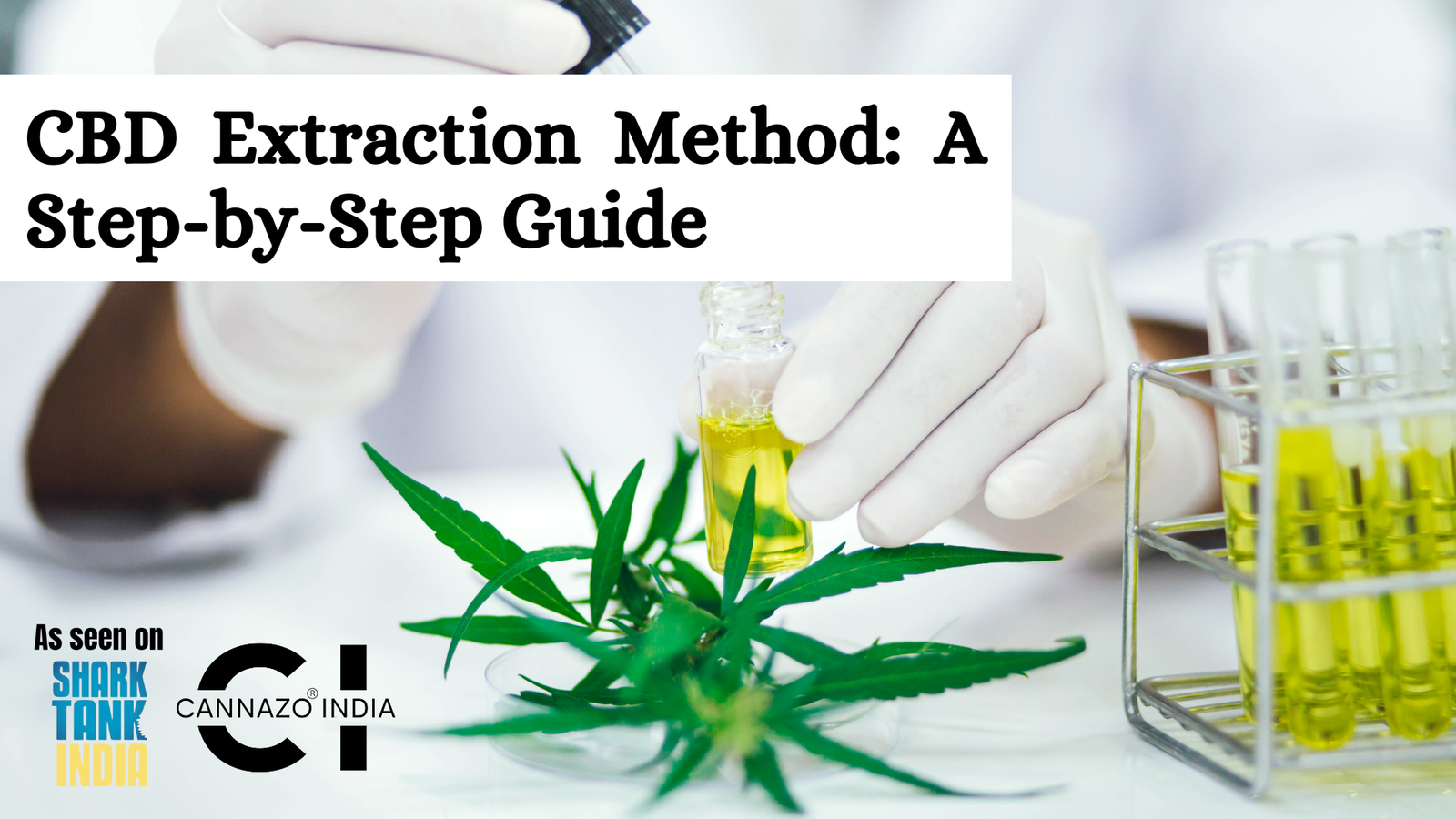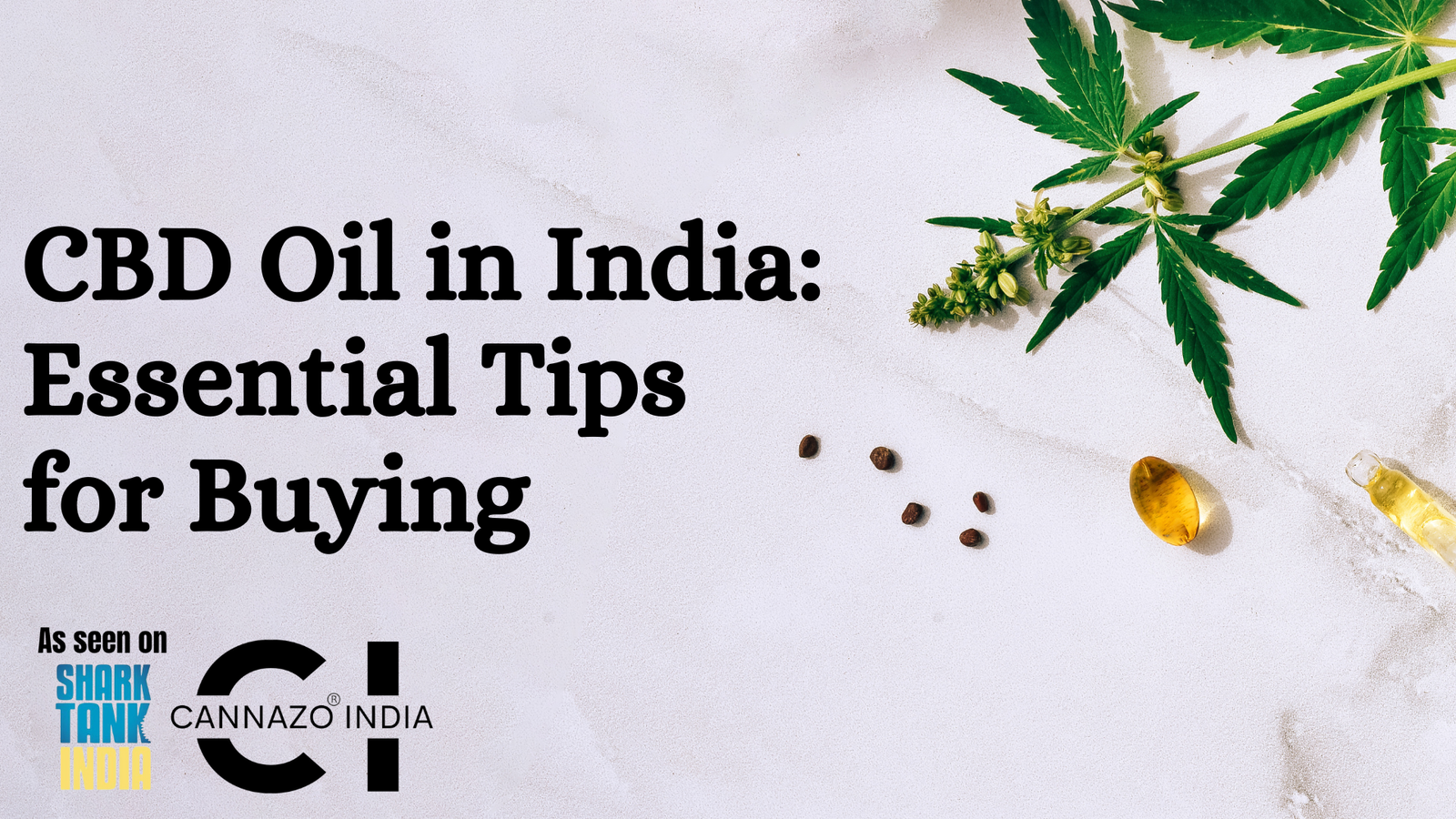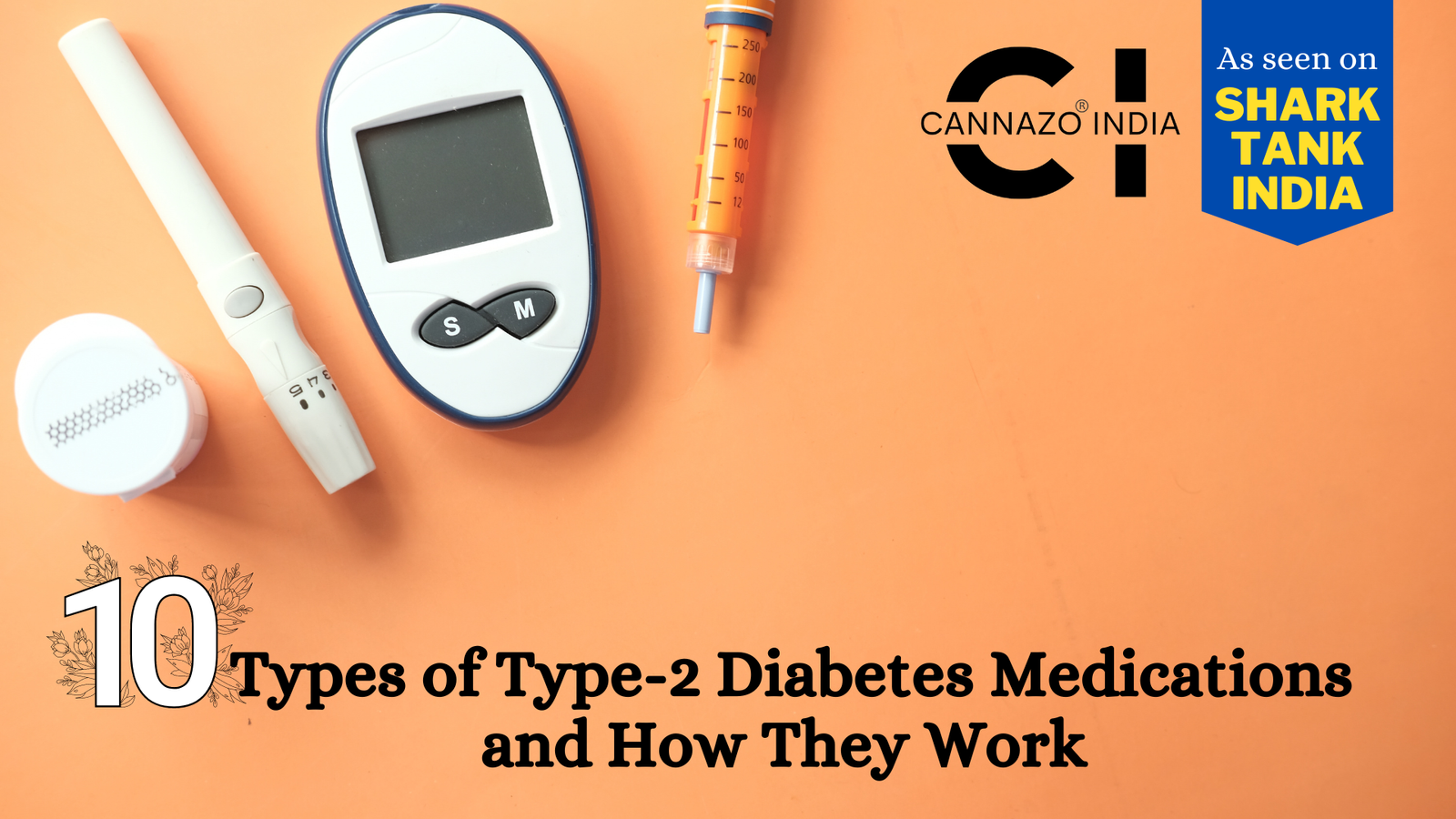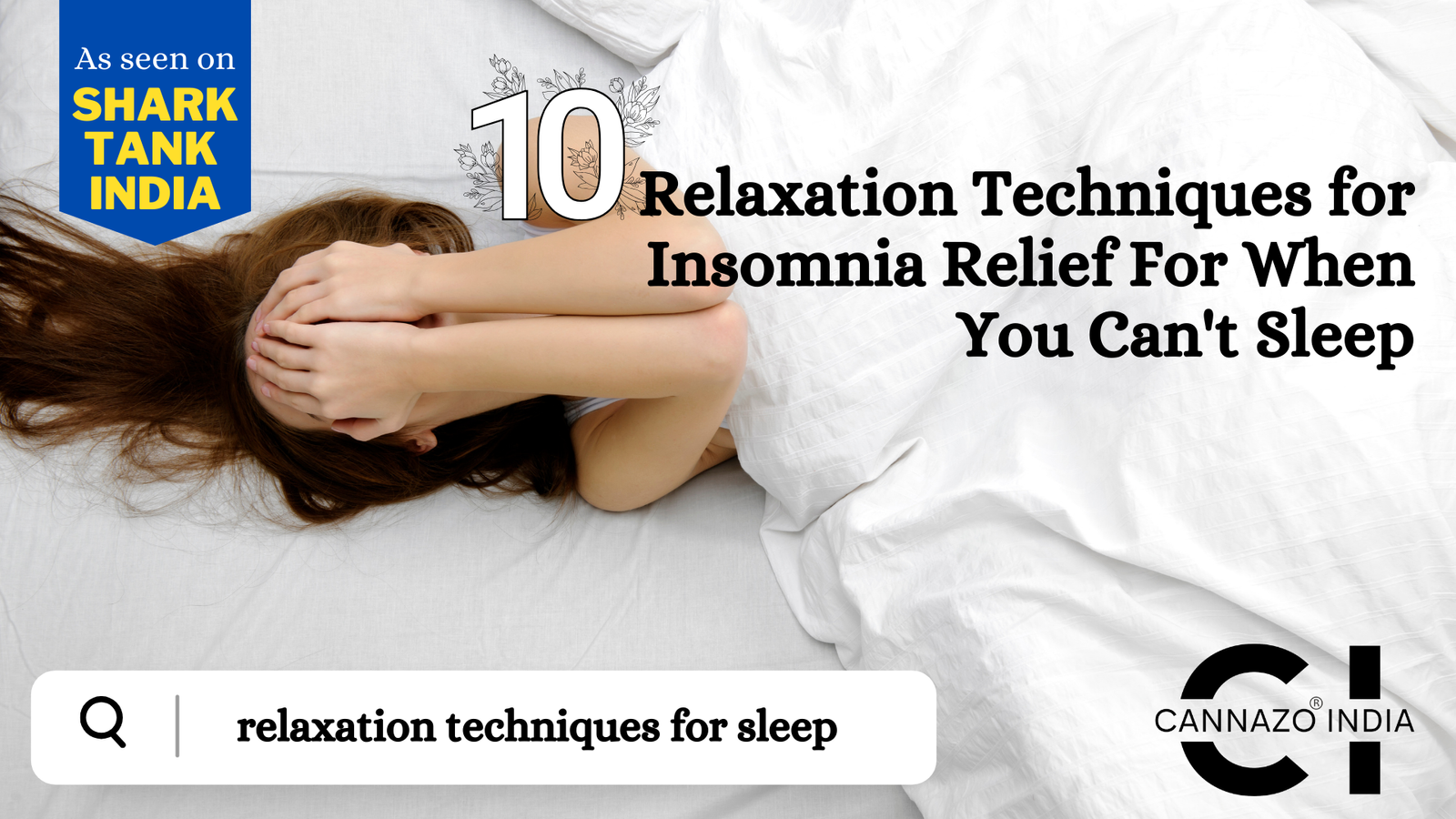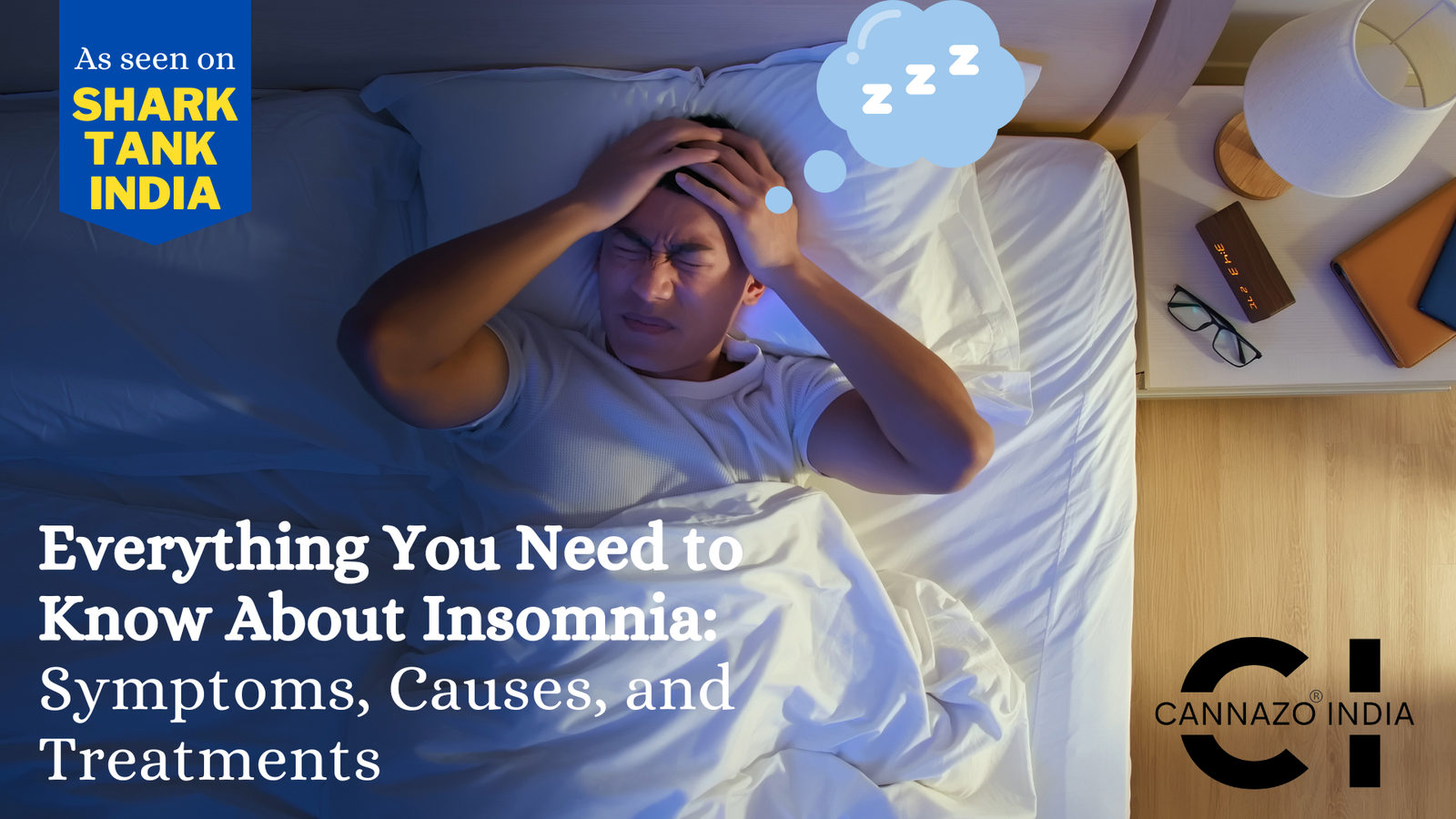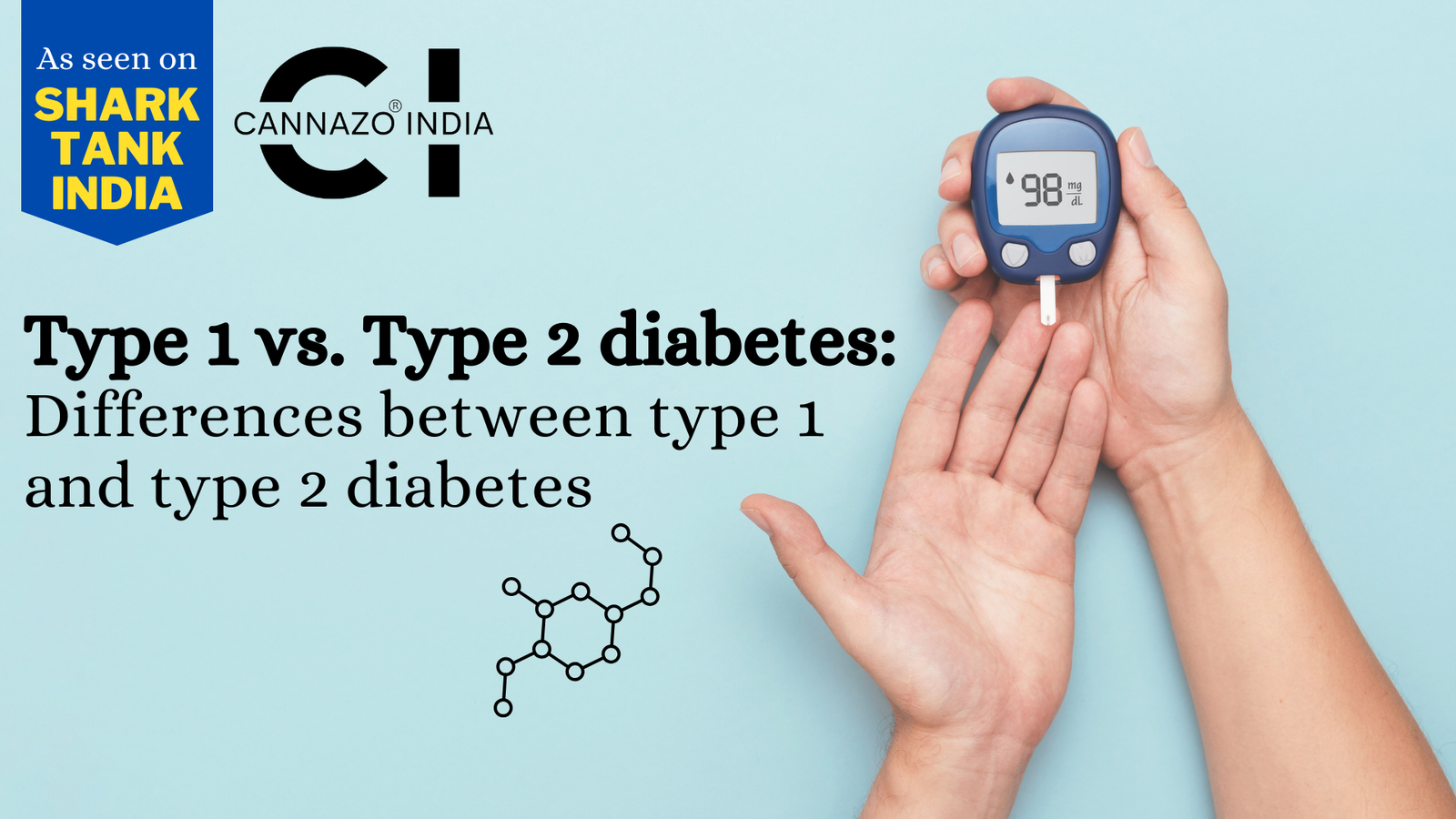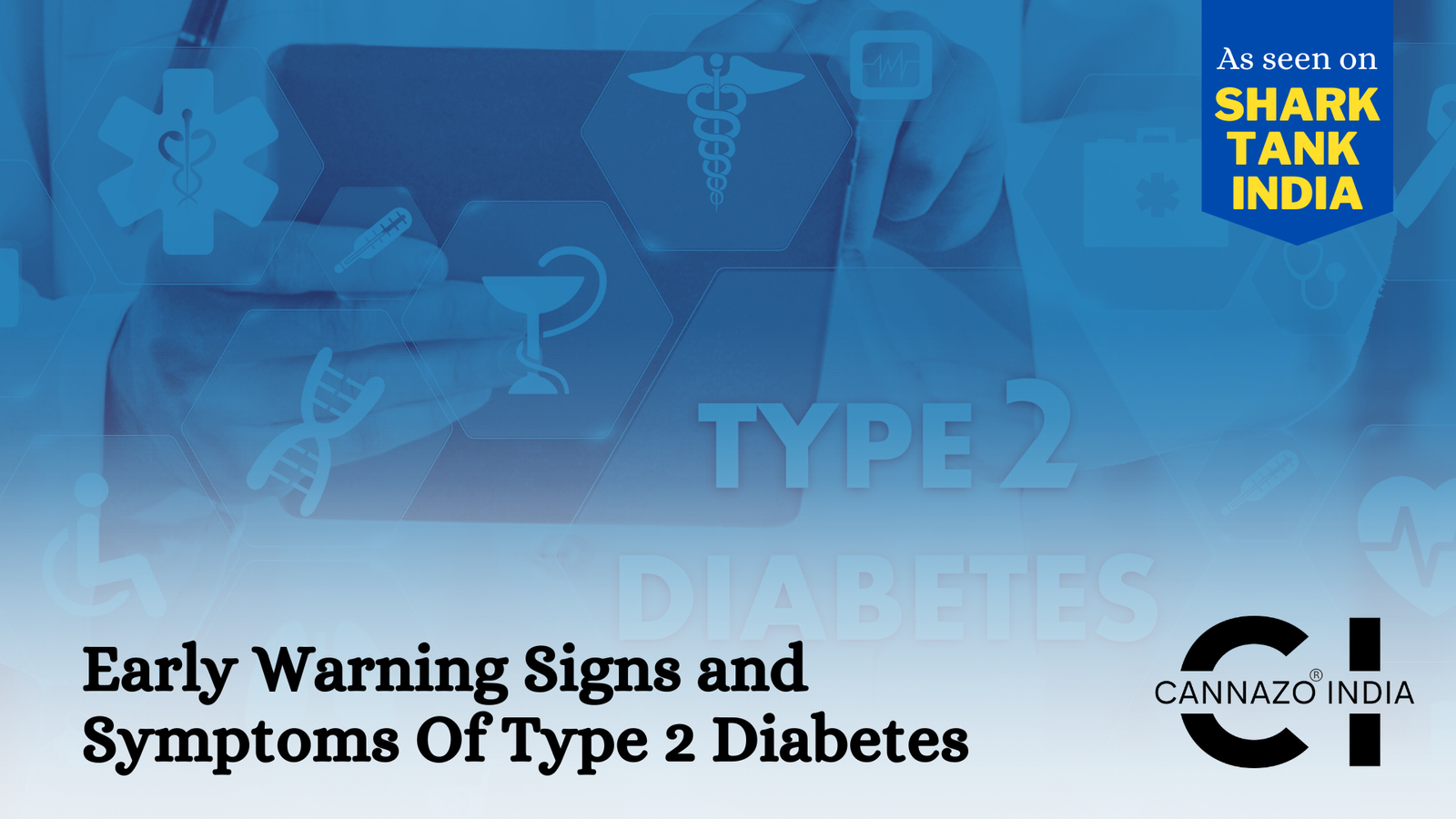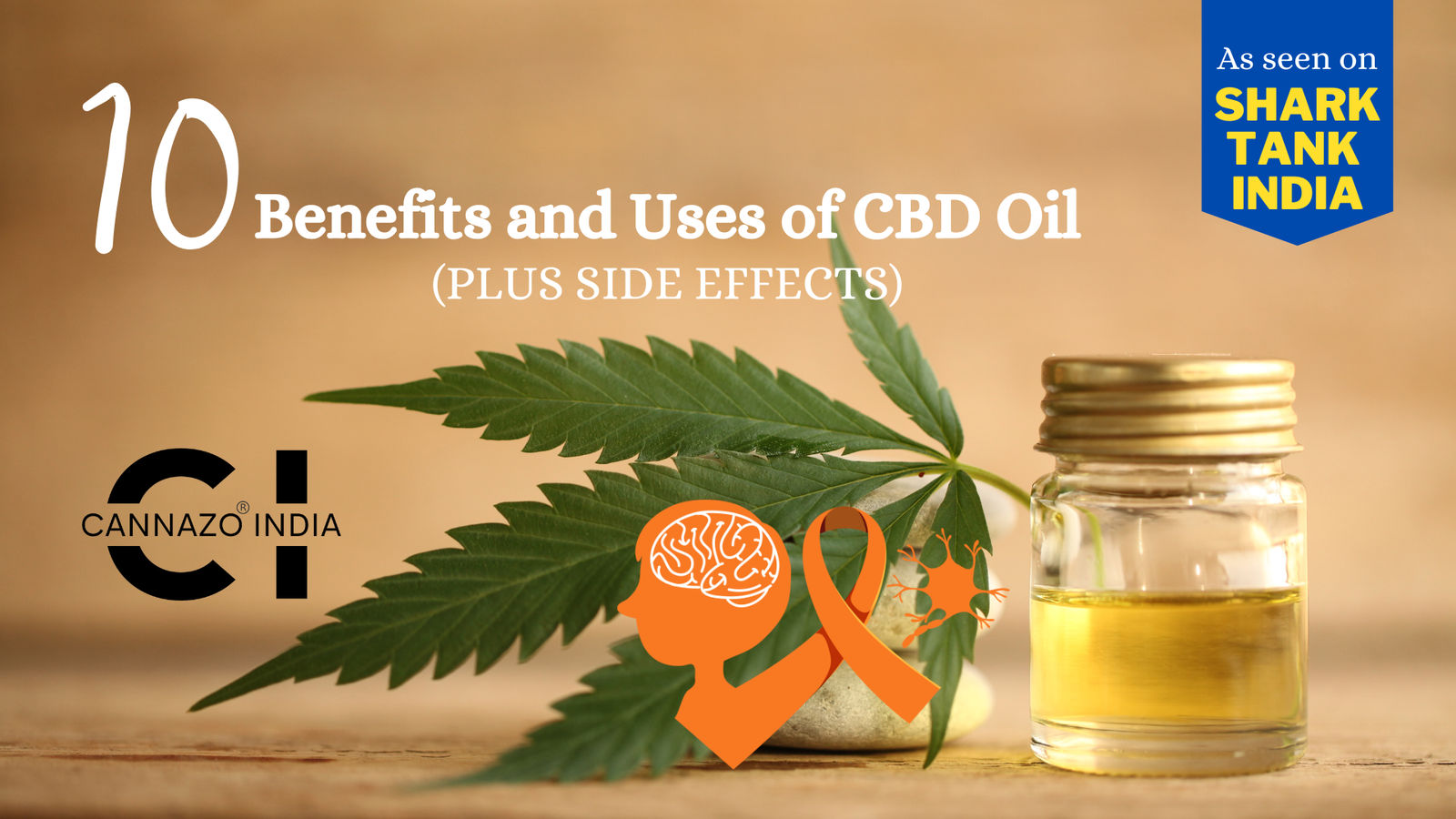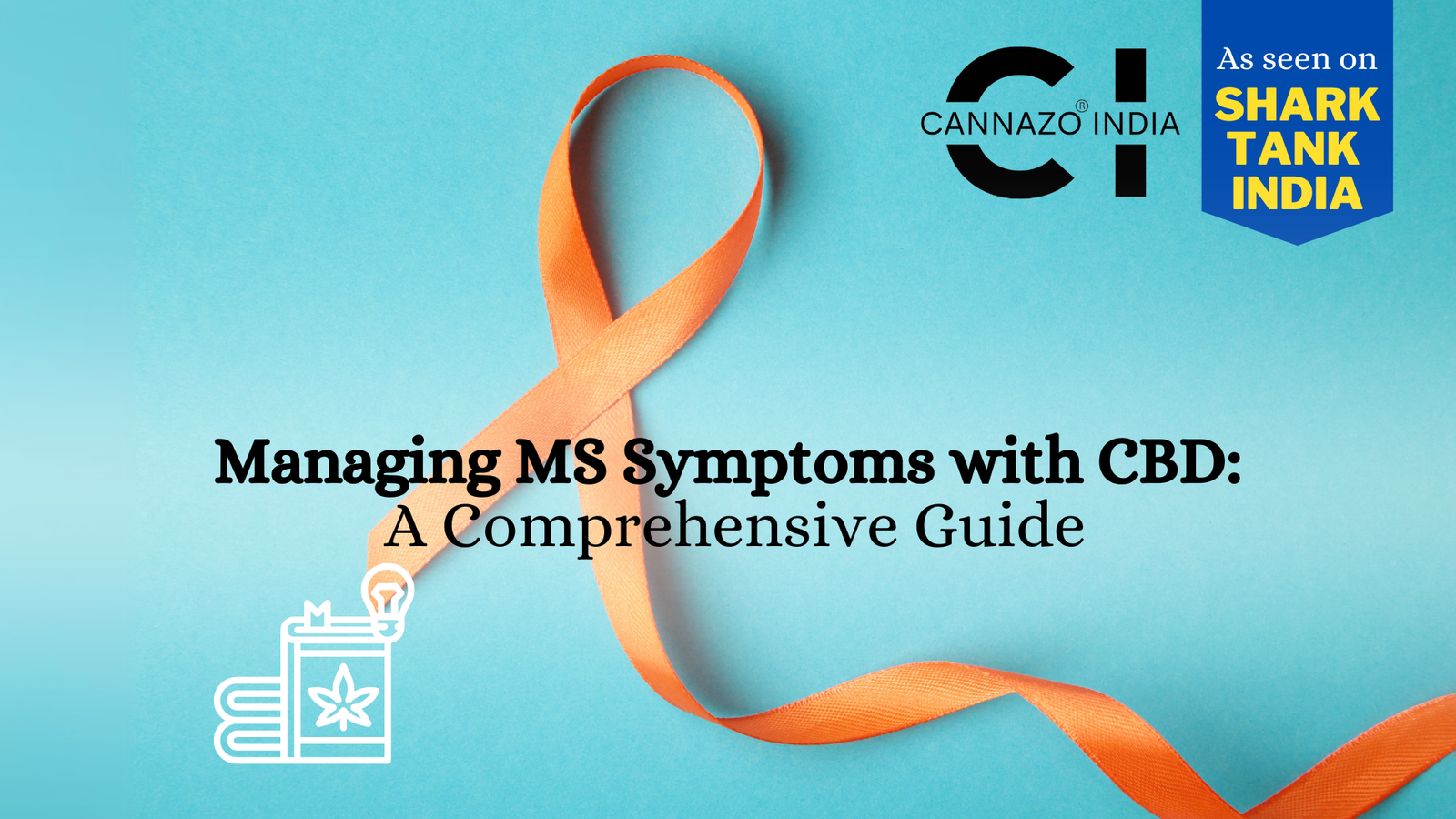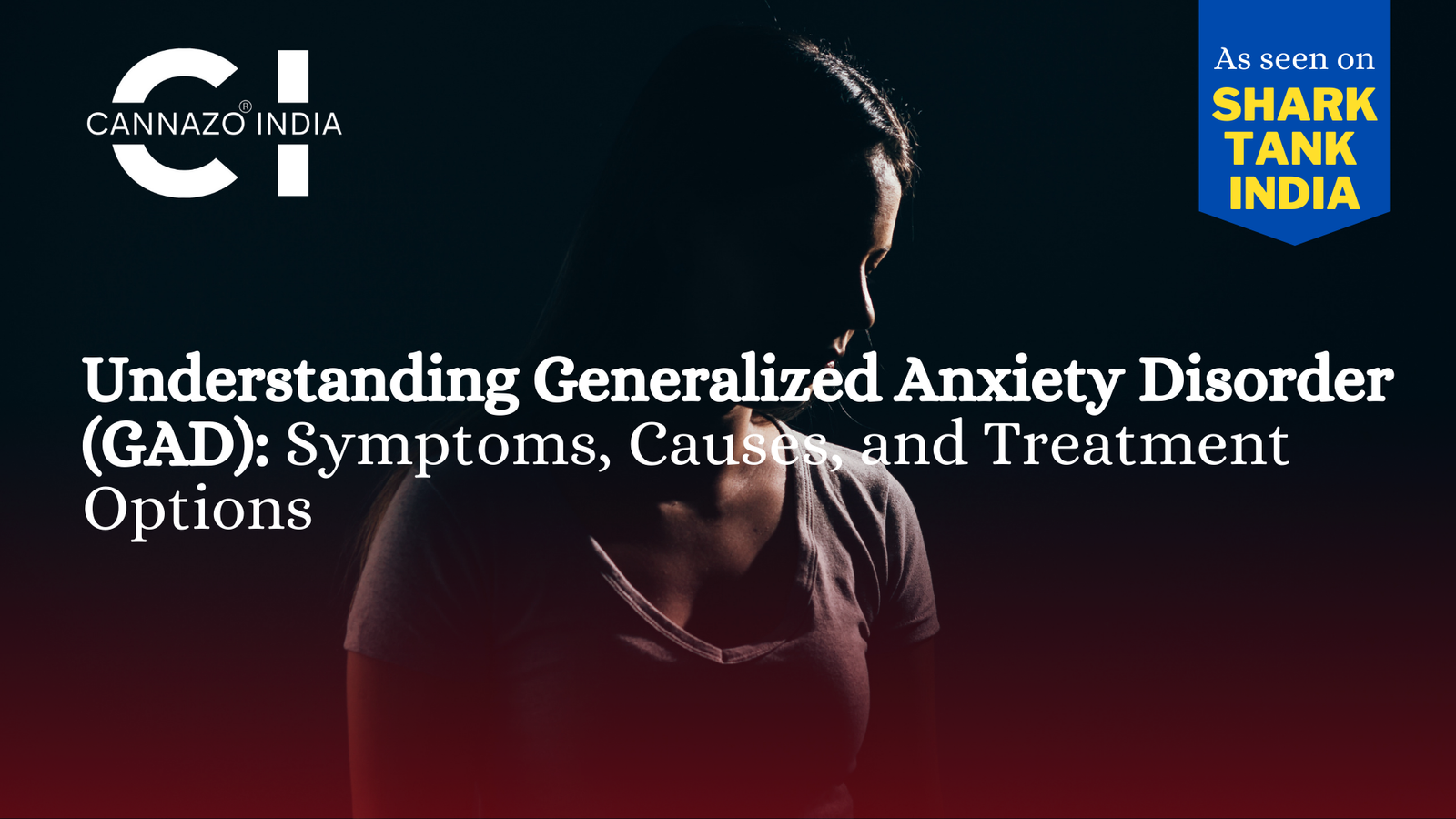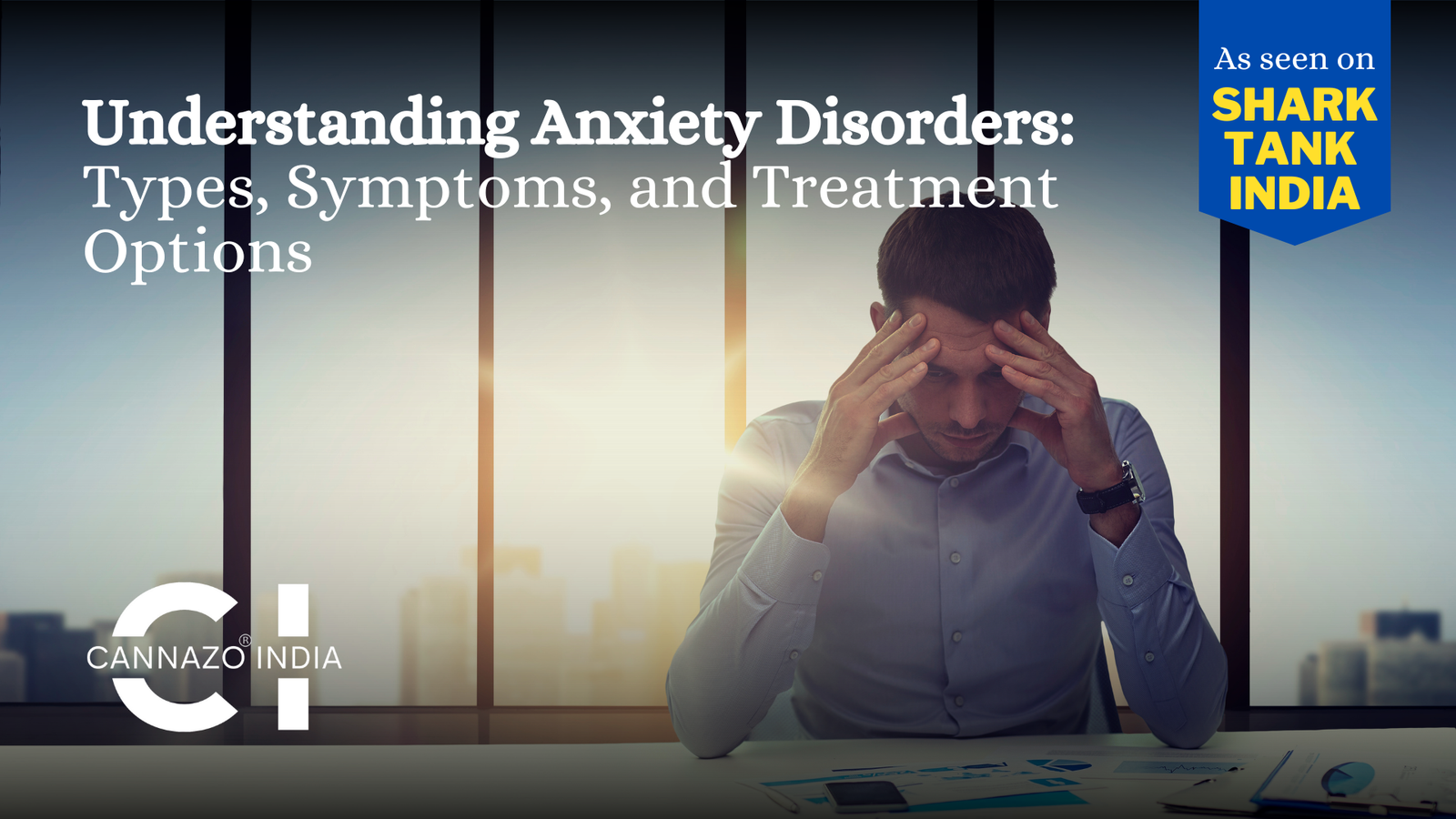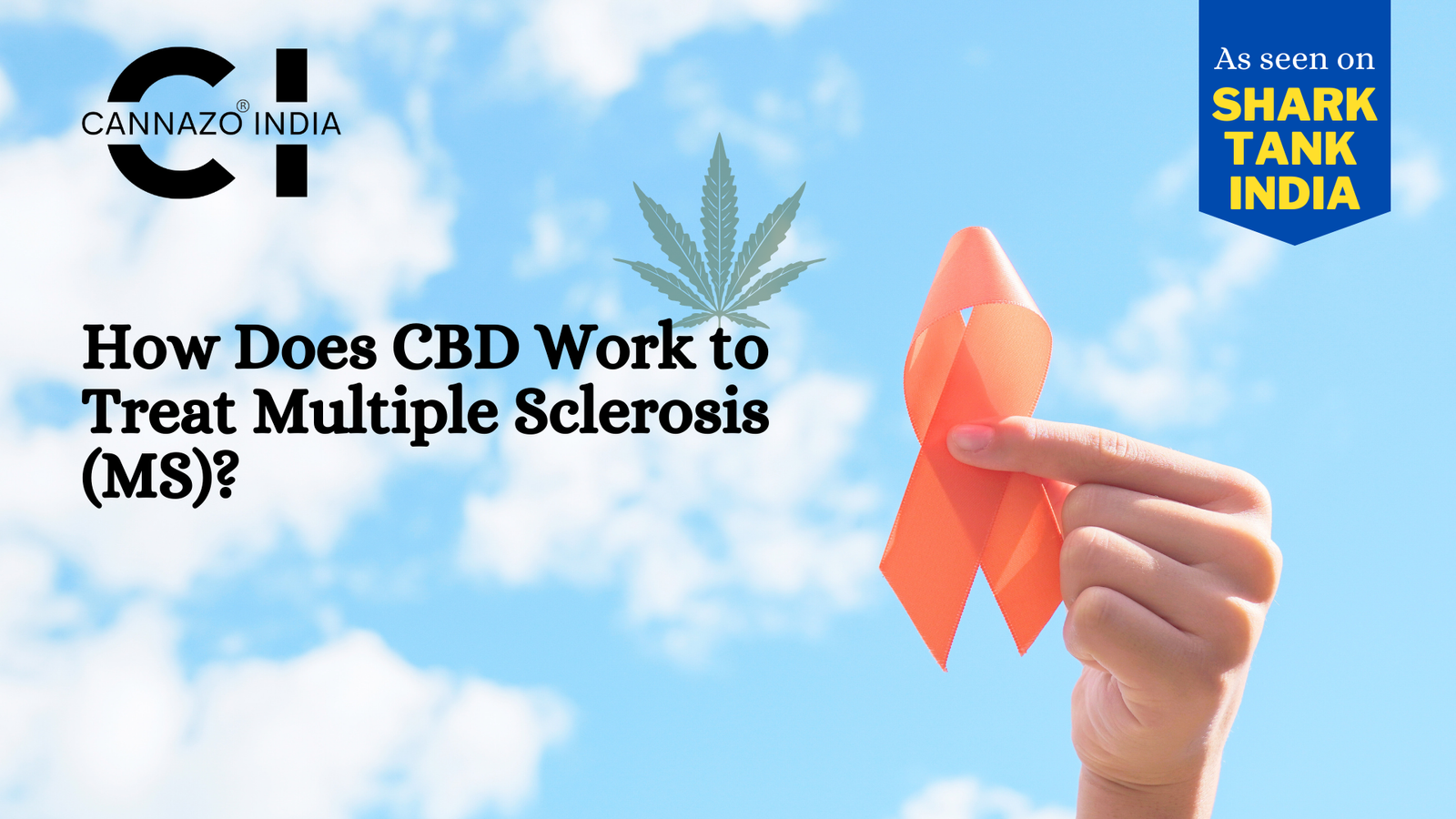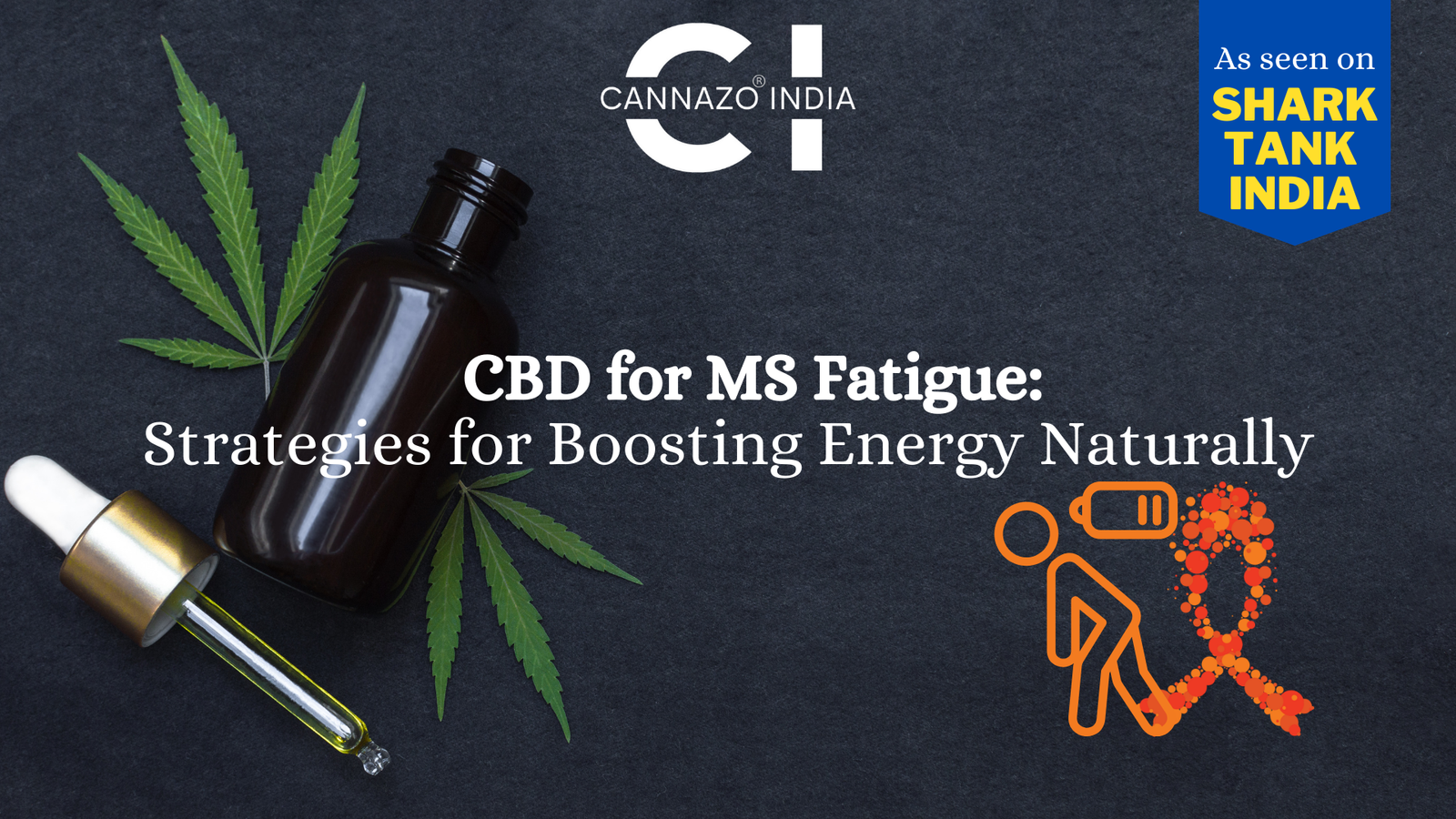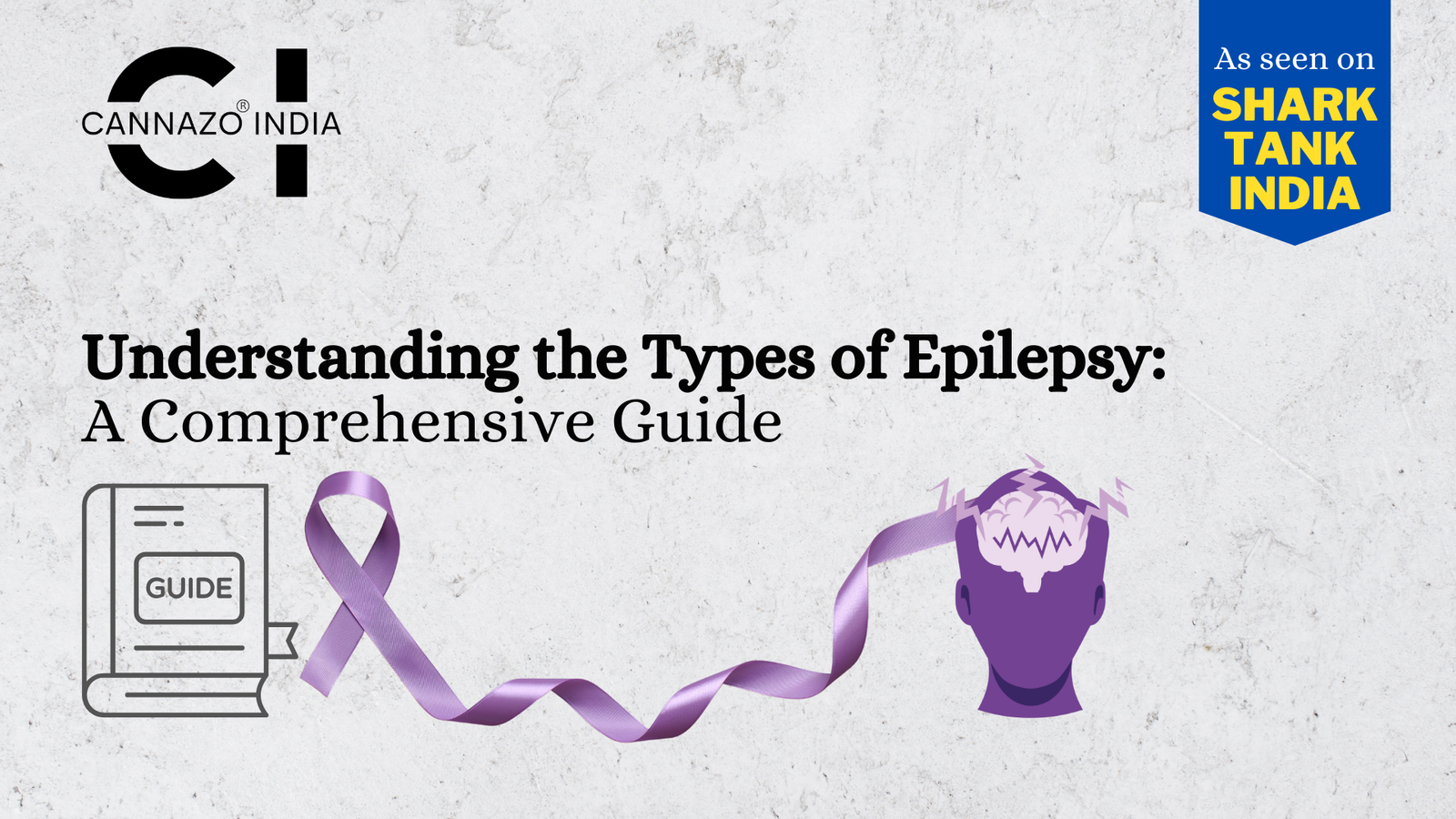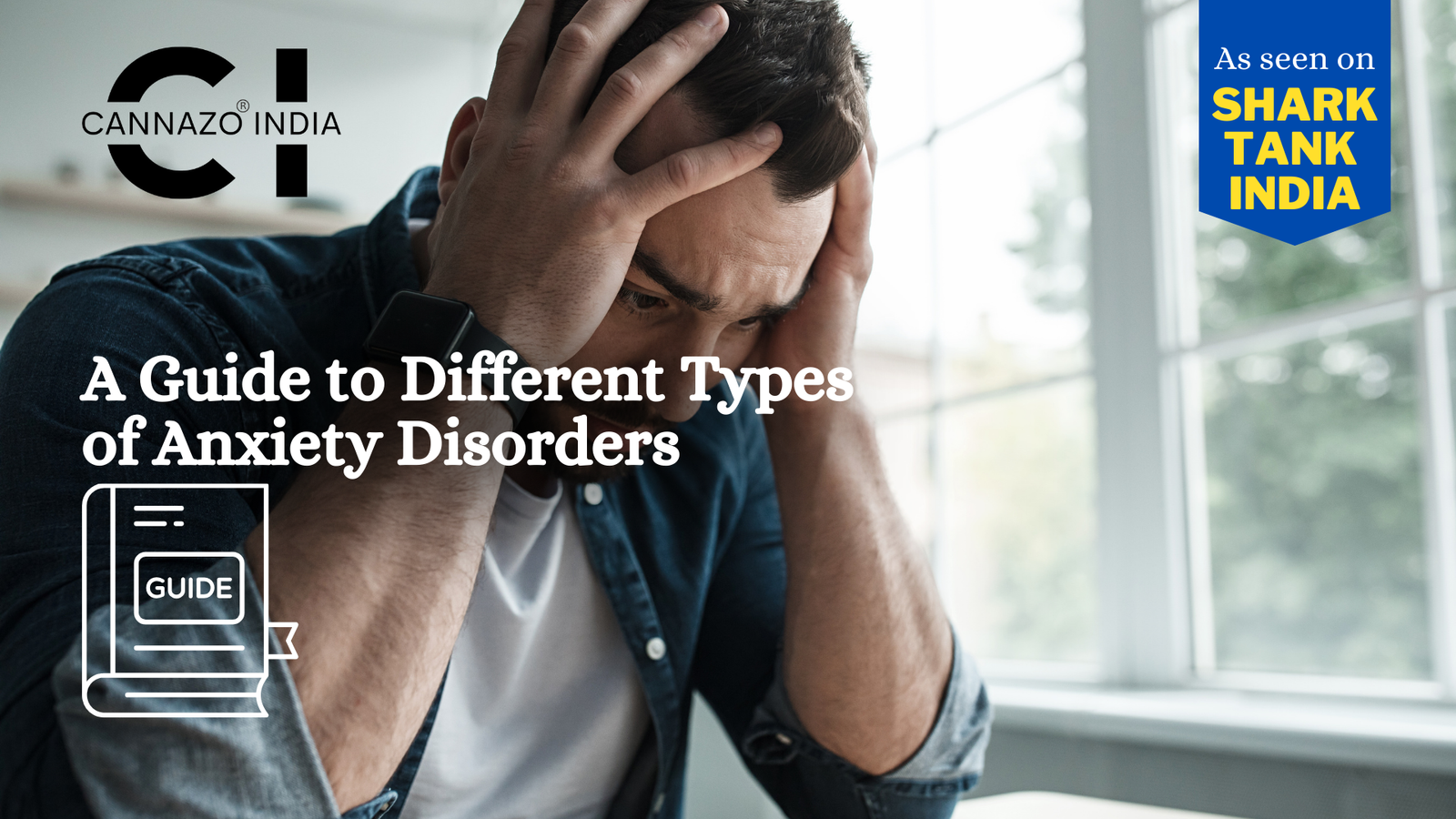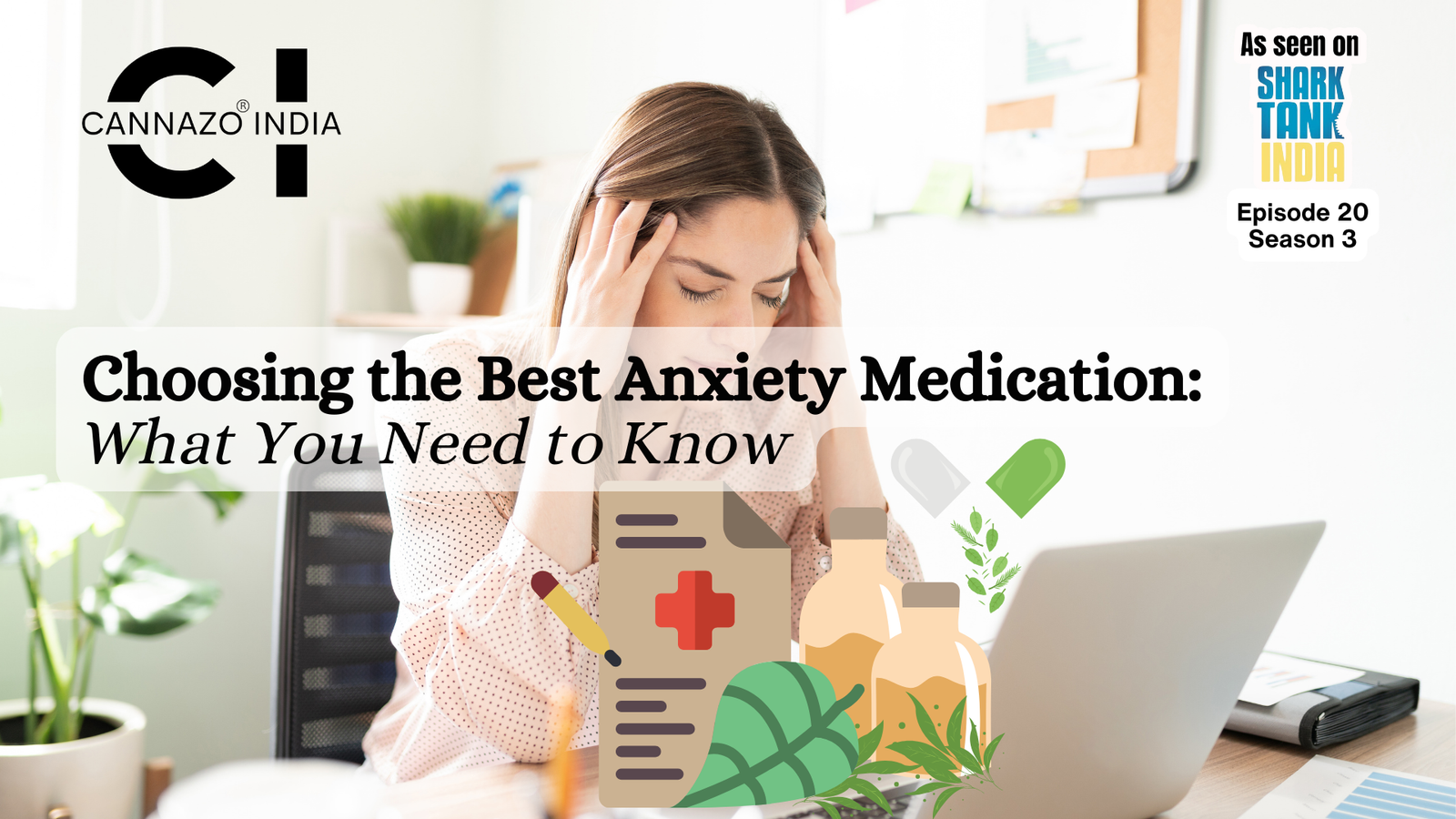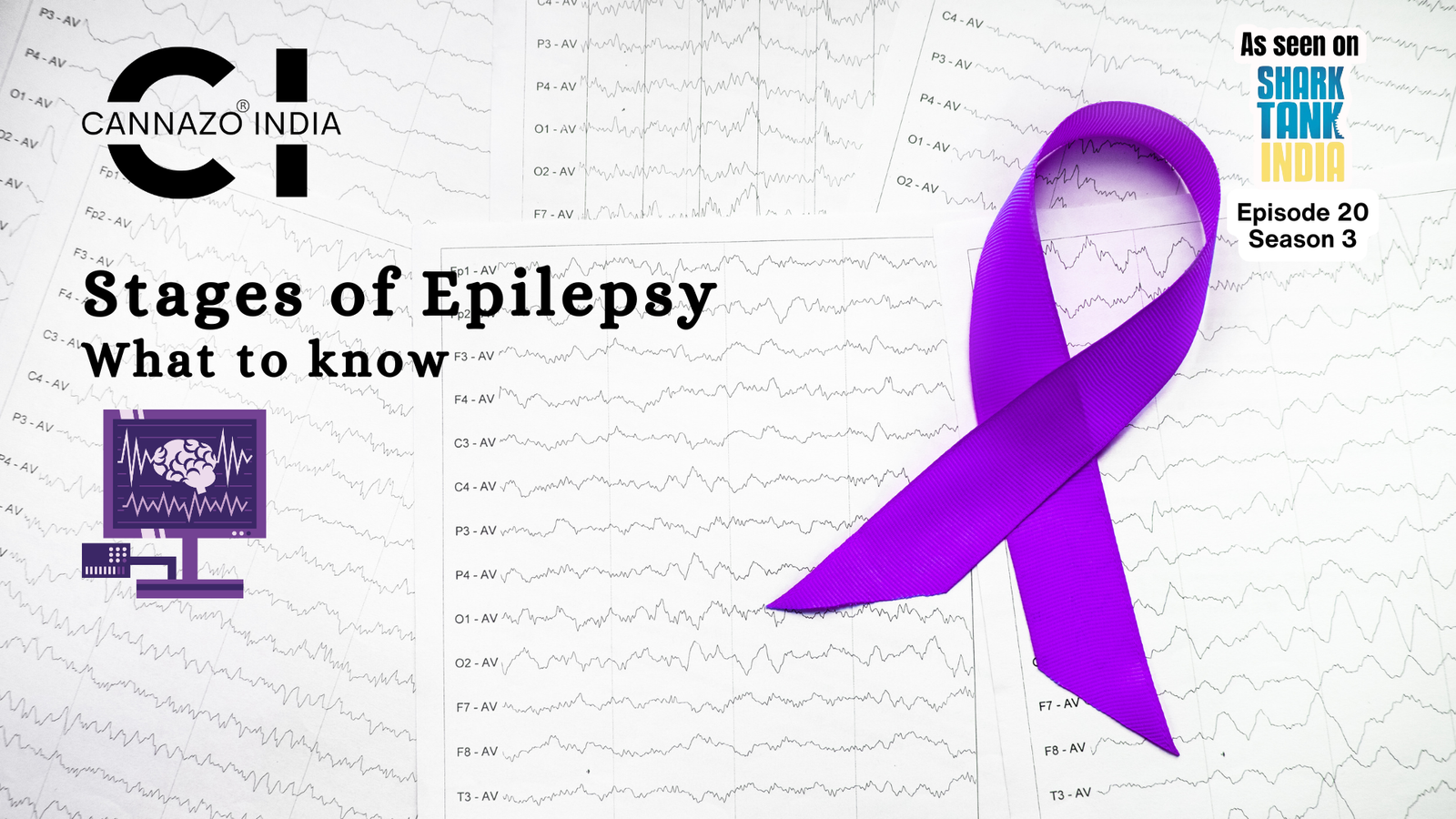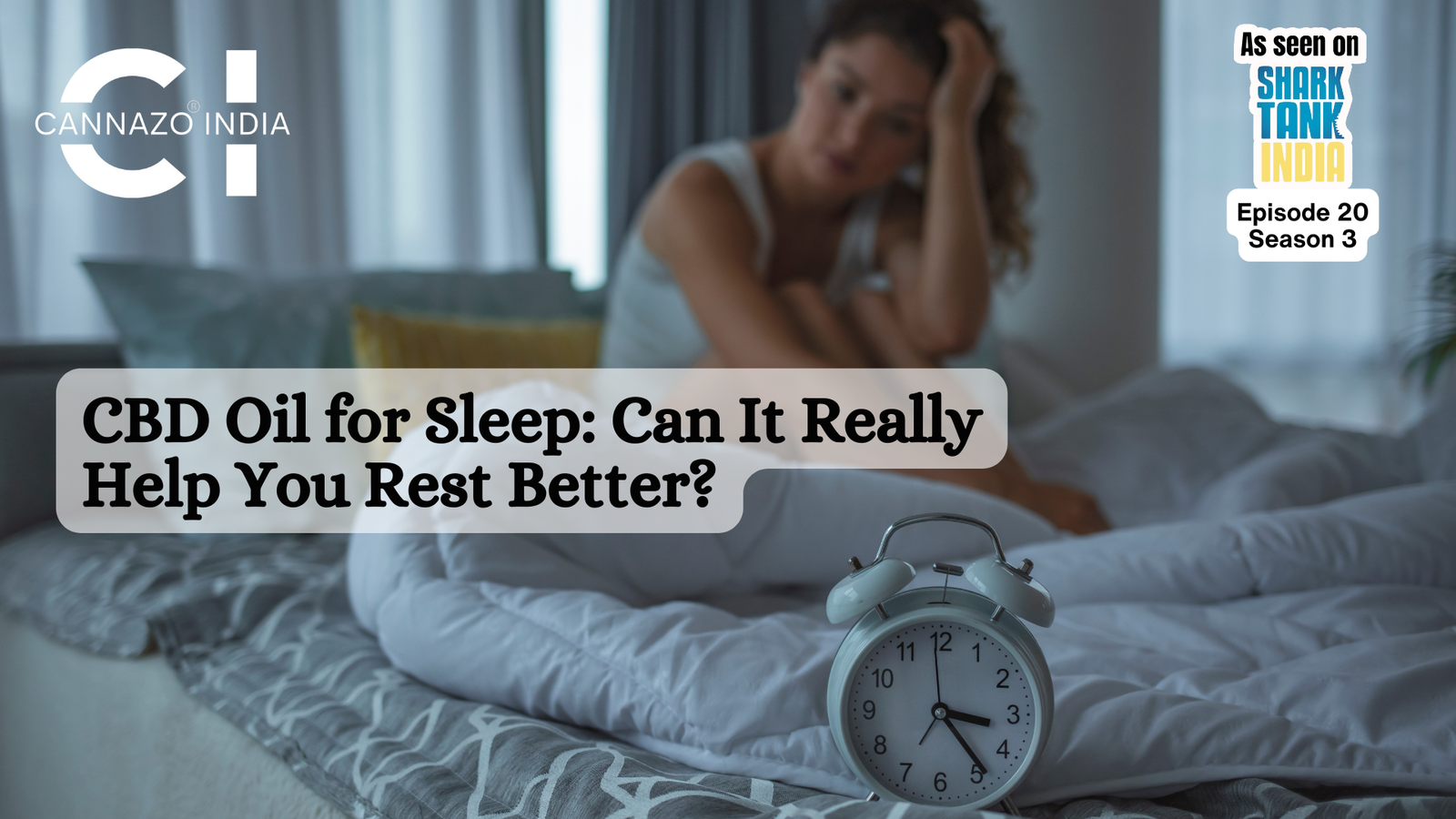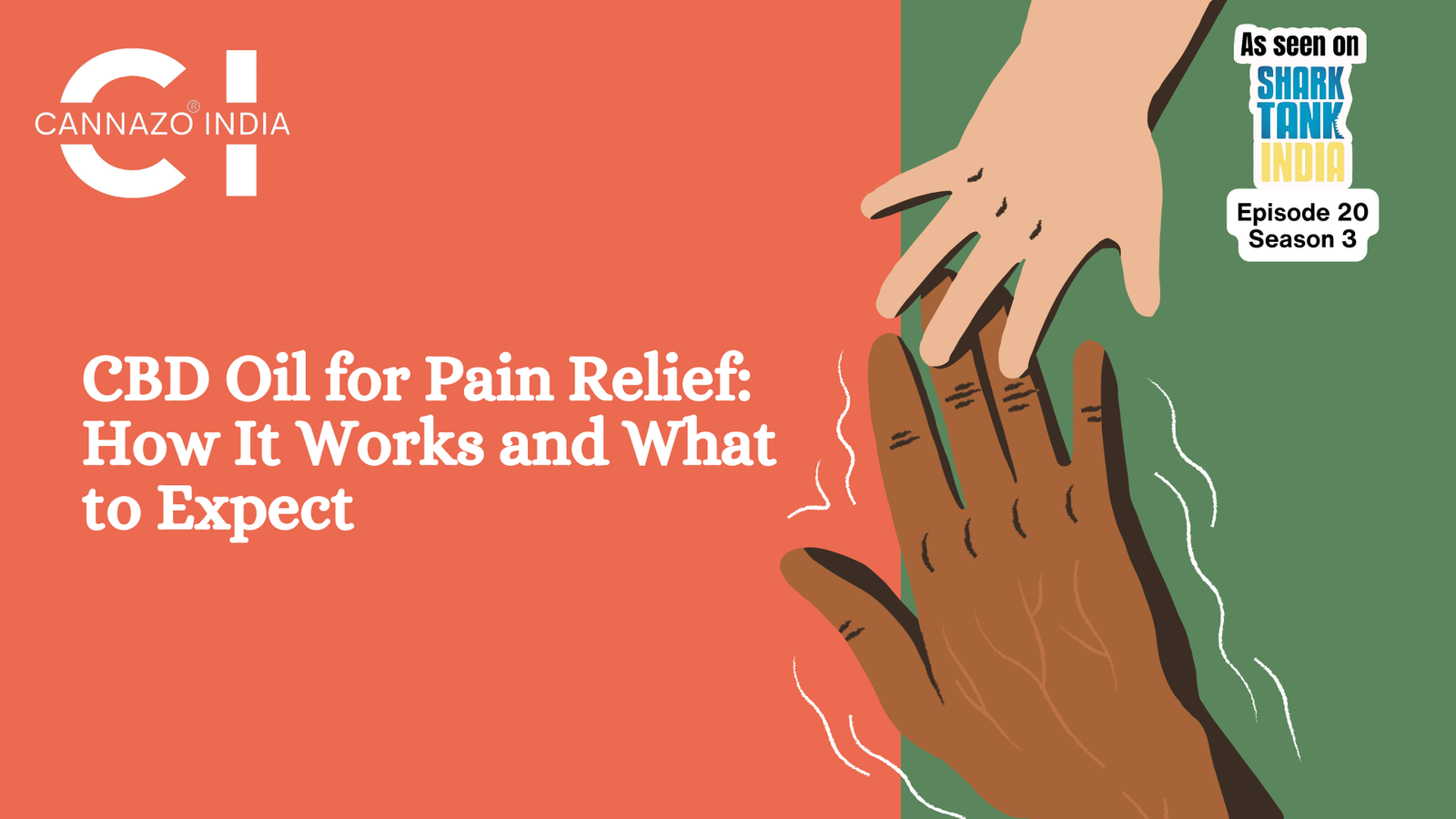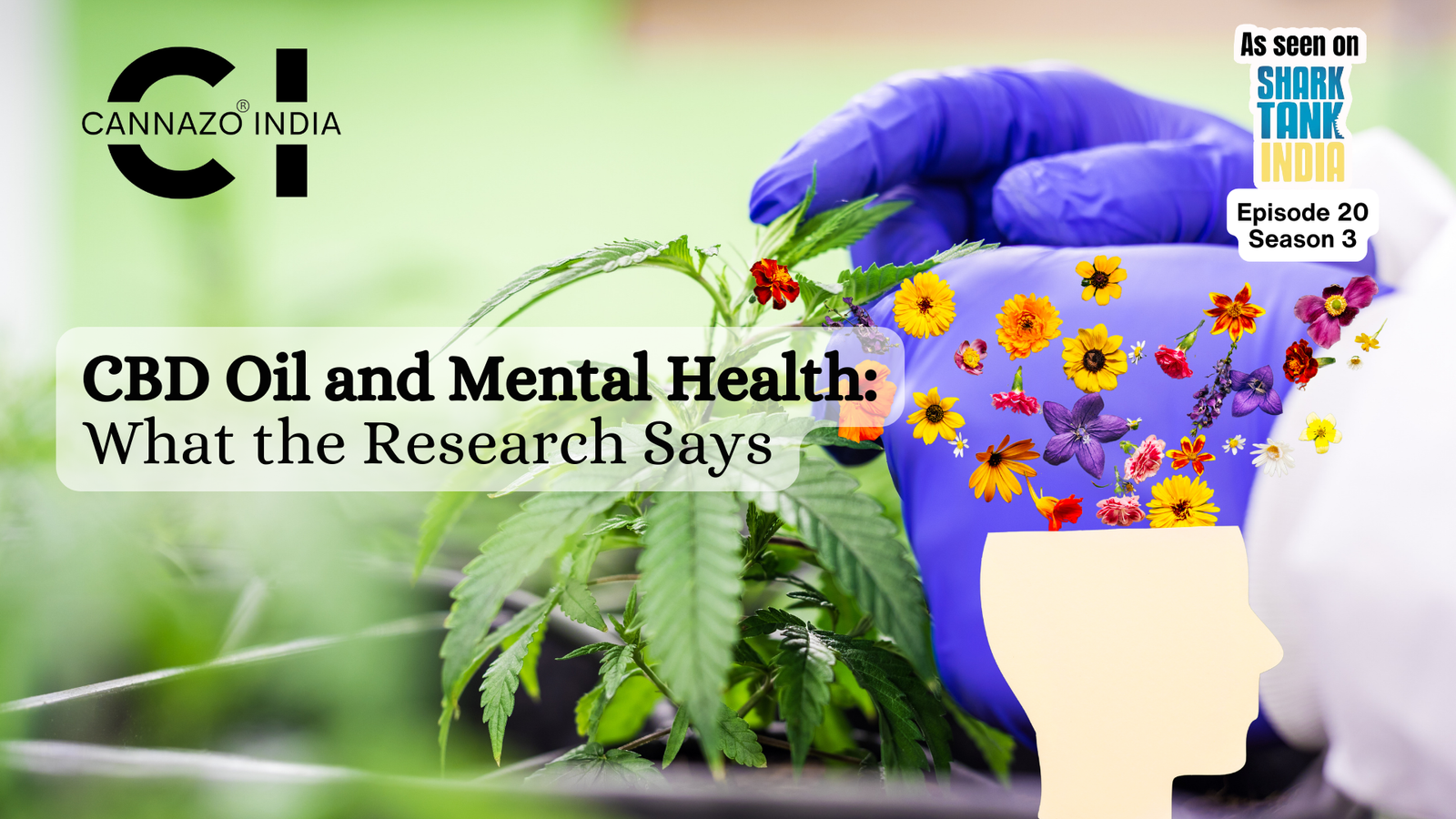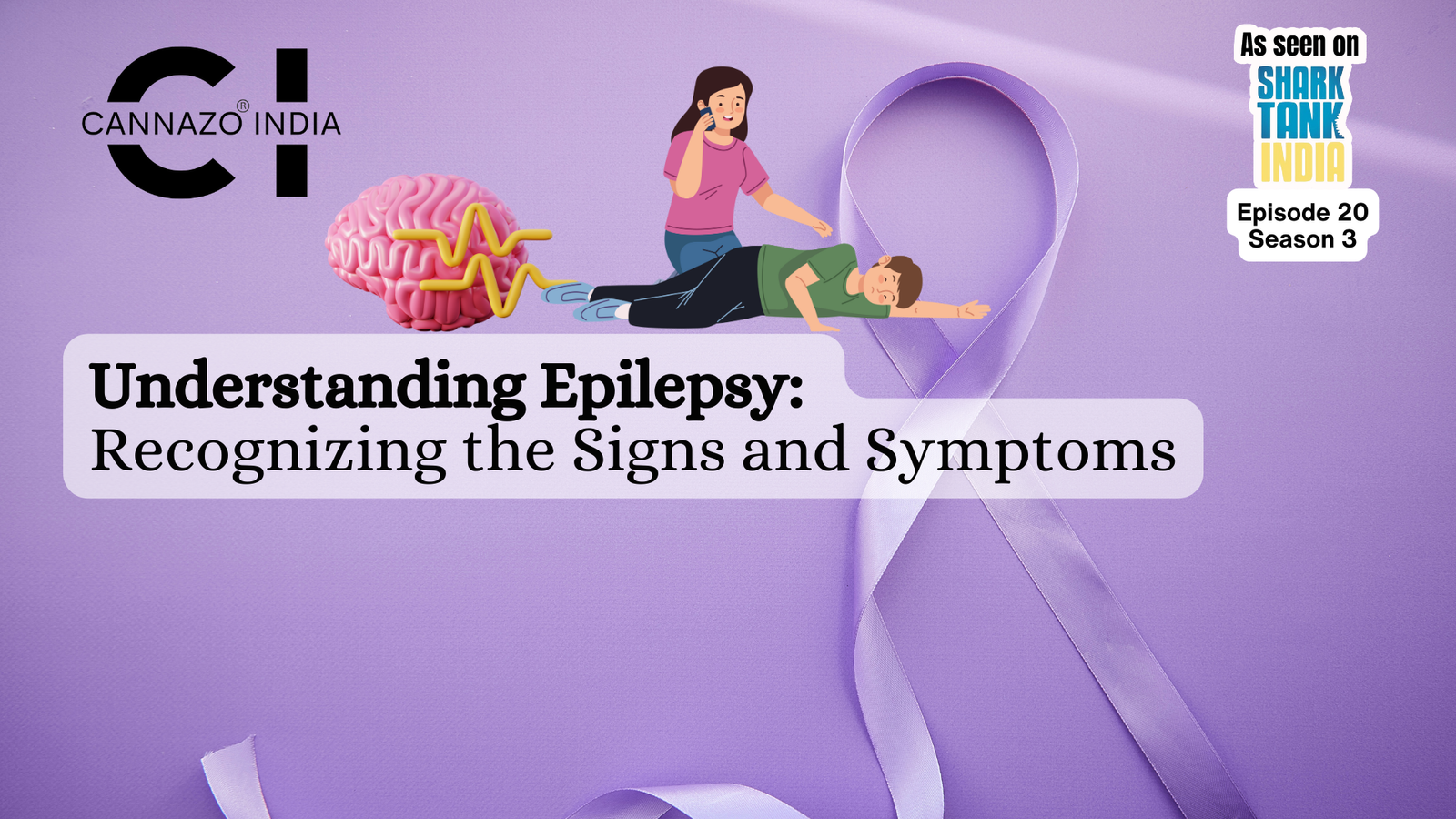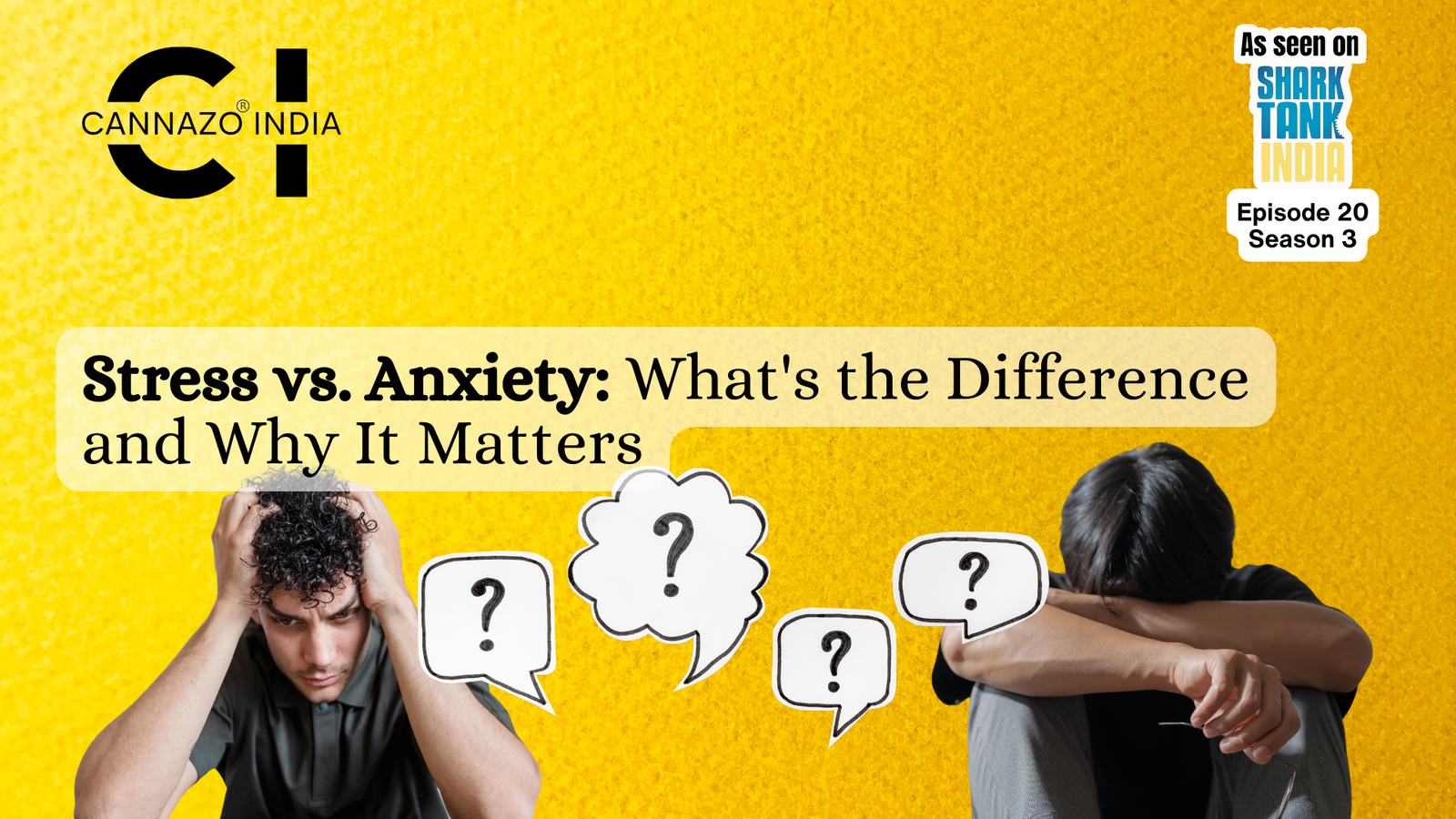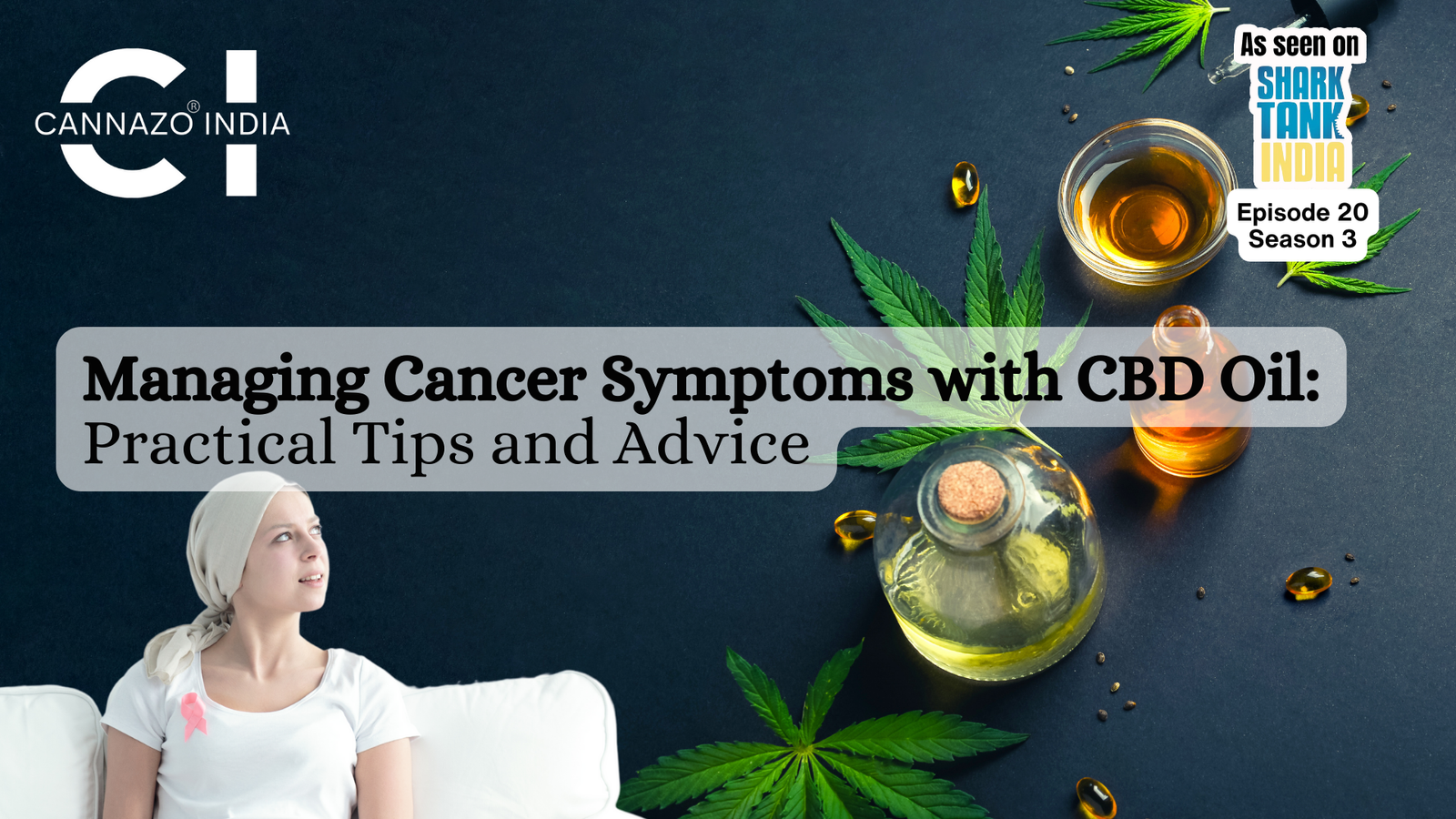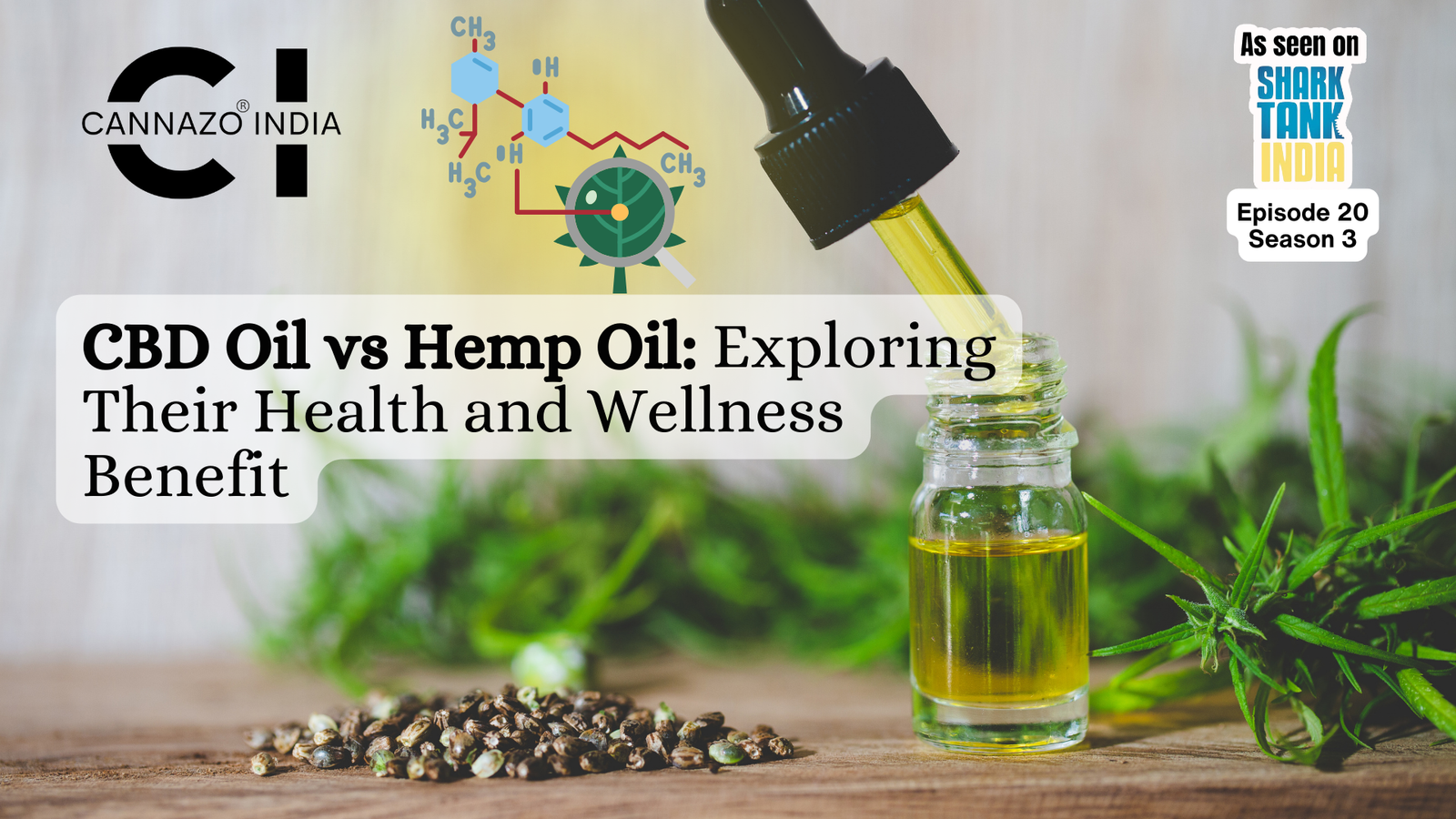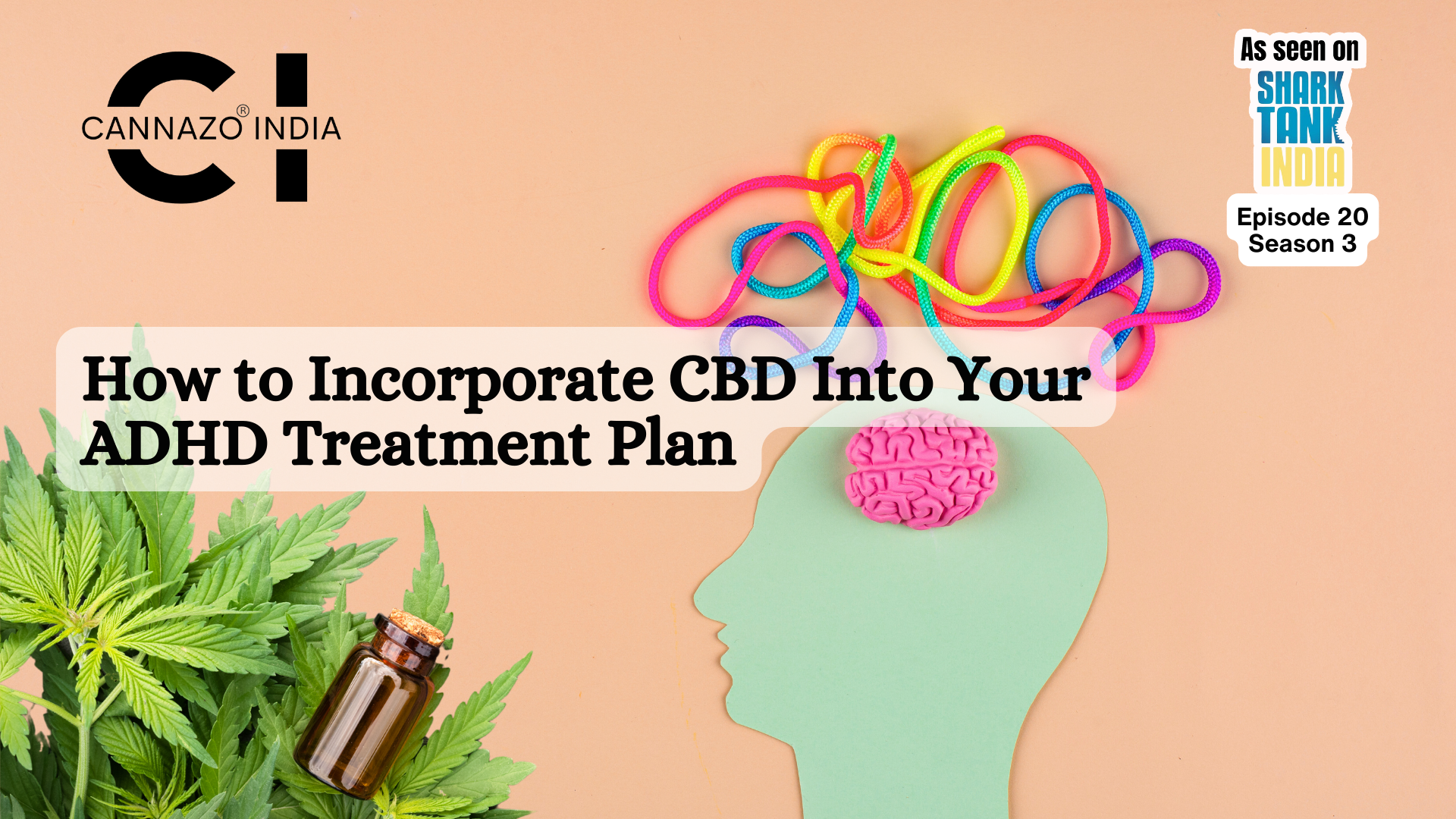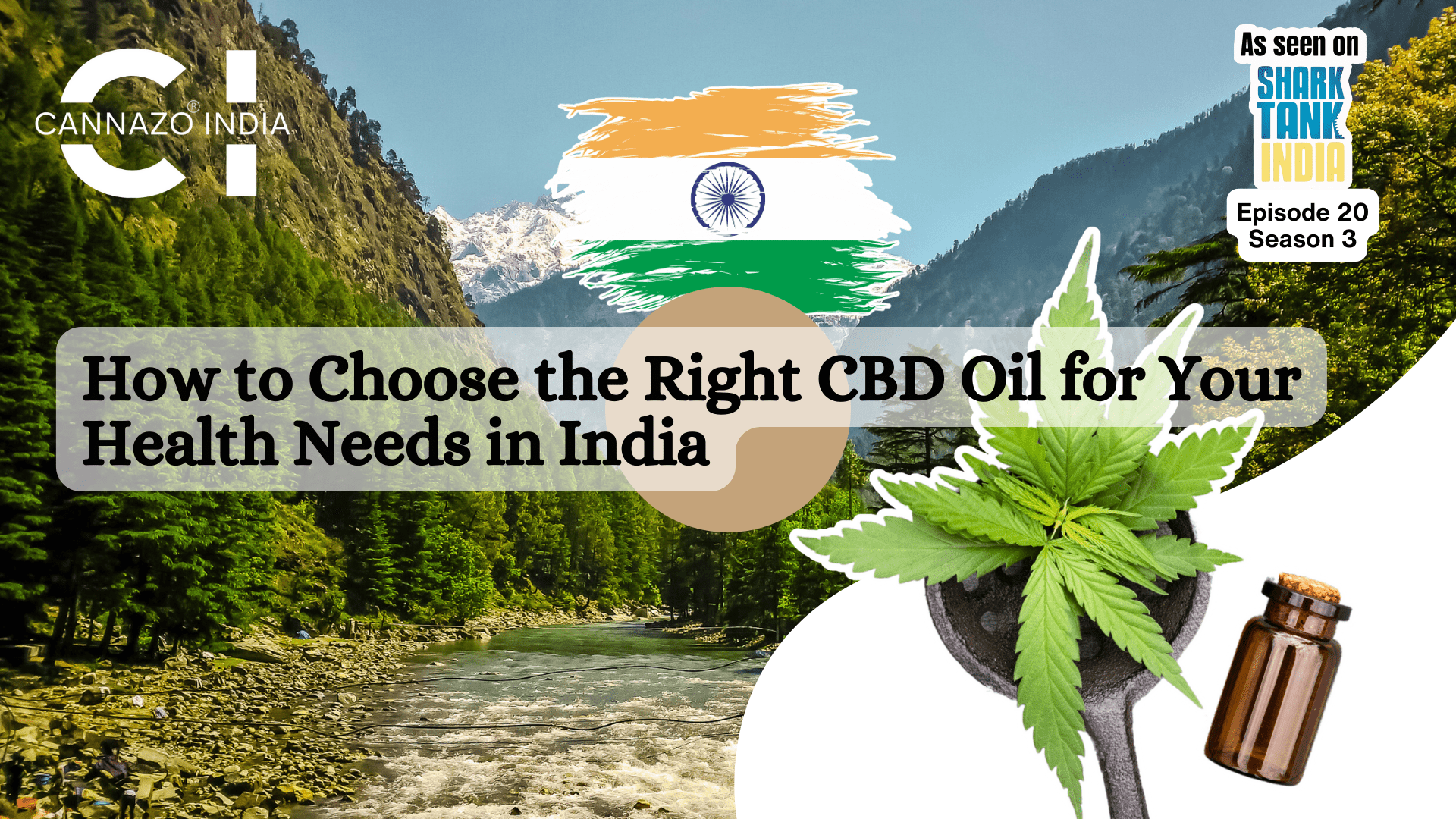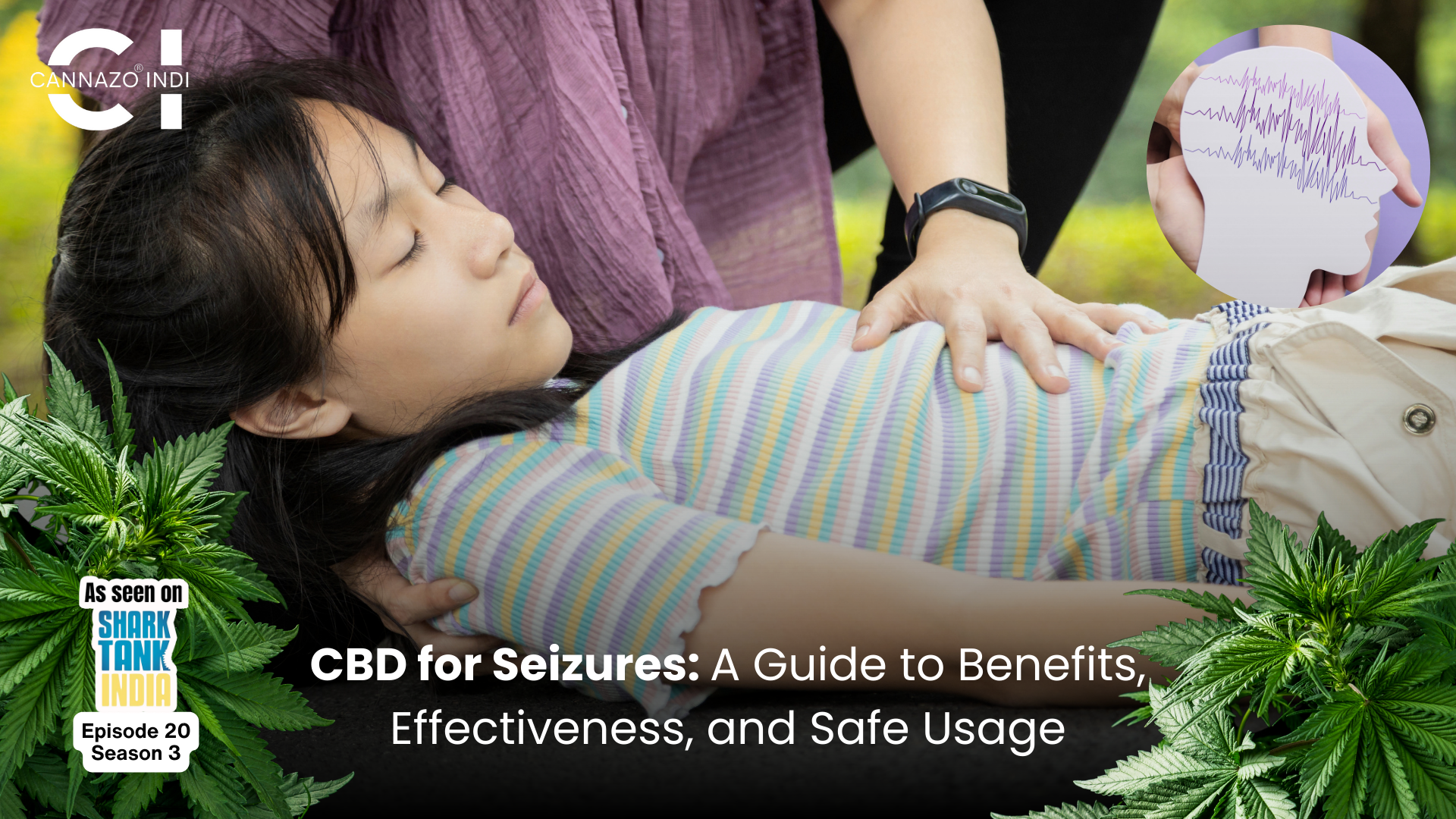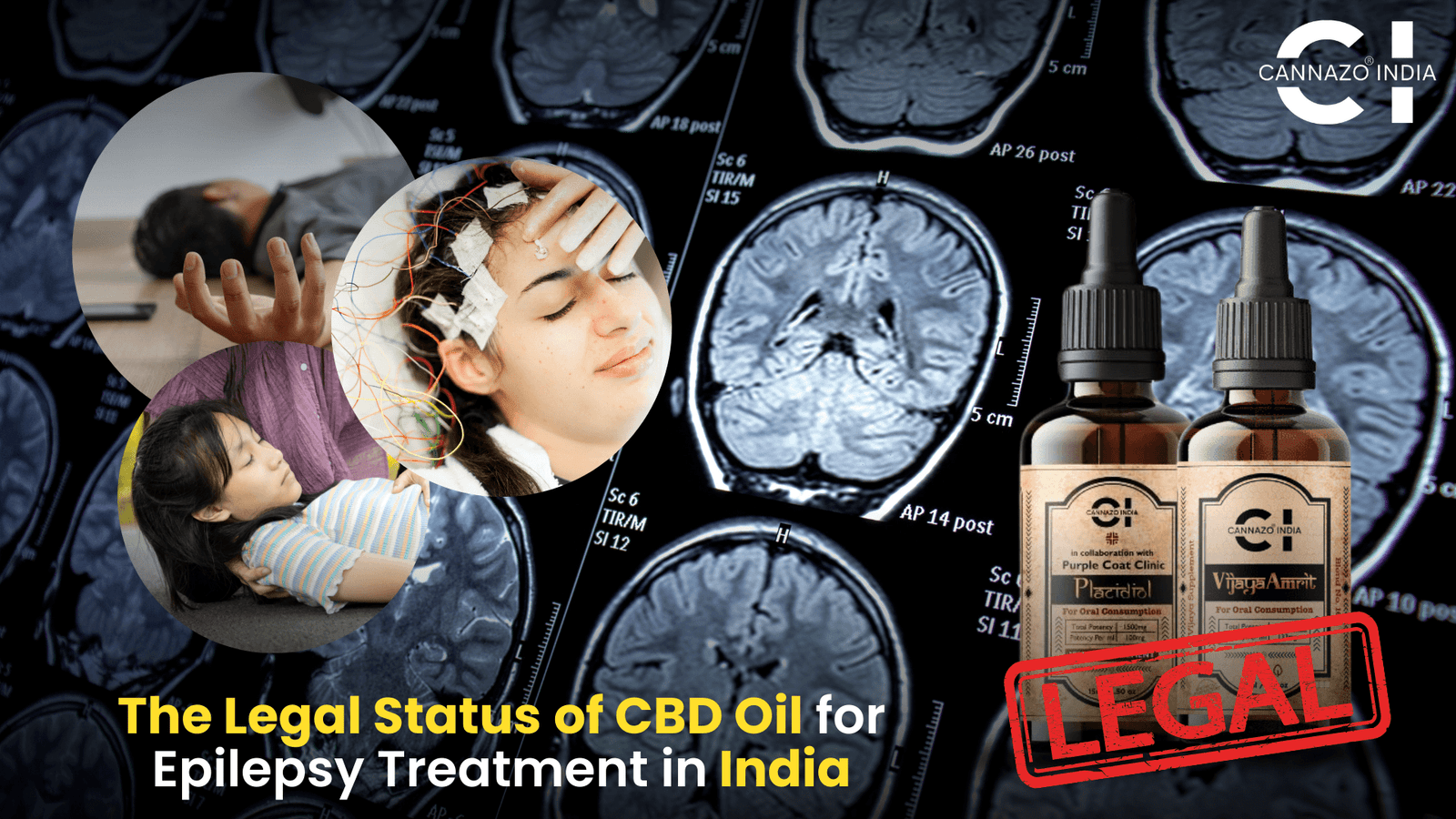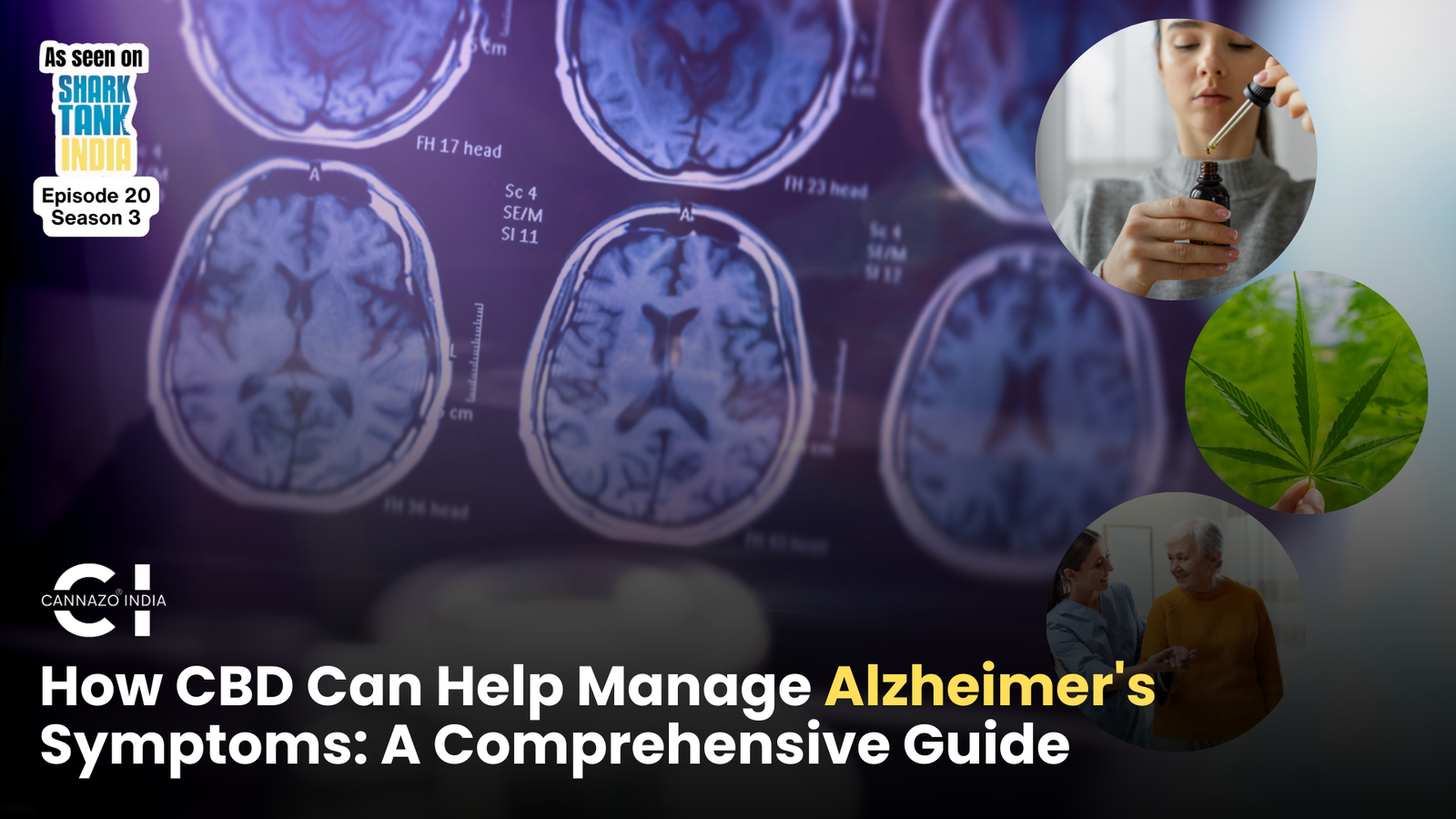Globally, around 70 million are diagnosed with epilepsy out of which 10-12 million people are from India [1, 2]. To define epilepsy simply, it is the occurrence of seizures due to different types of triggers. However, epilepsy is not the only condition characterised by the occurrence of seizures.
This article discusses epilepsy and seizure differences and how to treat both.
What are Seizures?
During a seizure, the neurons in the brain fire abnormally fast, which leads to involuntary muscle movements and motor activity, causing a seizure [3].
The International League Against Epilepsy (ILAE) classifies the onset of seizures [4] as:
- Focal: seizures start from a specific focus point in the brain.
- Generalised: the right and left hemispheres are involved in the seizure.
- Unknown: if there isn’t enough data to classify a seizure as the above two, it is said to have an unknown onset.
What is Epilepsy?
Epilepsy is a chronic disorder (or disease) where neurons fire abnormally in a synchronous manner, which is what causes a seizure [3,4]. However, apart from seizures, people with epilepsy can also experience other symptoms [3] like:
- Convulsions
- Loss of consciousness
- Staring spells
- Muscle stiffness
- Temporary confusion
There can be numerous definitions for epilepsy. Generally, if a person has two seizures which are more than 24 hours apart, it is a clinical sign to investigate the possibility of epilepsy in the patient. Moreover, determining the type of seizure plays an important role in classifying the type of epilepsy [4].
Similarities of seizures and epilepsy
Since epilepsy and seizures sound so similar, let’s list down the similarities between them first:
- Epilepsy is characterised by the occurrence of seizures [4].
- The symptoms of seizures and epilepsy are similar [5].
- Any condition which causes a seizure will increase the risk of injury from falling or other objects in the surroundings [5].
Differences Between Epilepsy and Seizures
Although they sound similar, there are fine epilepsy and seizure differences:
- Epilepsy affects 1-2% of the global population, while seizures affect 10% [4].
- The occurrence of seizures is a part of epilepsy; epileptic patients may also have other symptoms like convulsions, loss of consciousness and confusion after the seizure [3, 6].
- There are other conditions like alcohol withdrawal, hypoglycaemic attacks in diabetics, and pregnancy which may cause seizures [3,4].
- Both have different causes. Certain triggers like hypoglycaemia might cause seizures but not trigger epilepsy [4].
Other conditions that cause seizures
One of the defining epilepsy and seizure differences is the aetiology. Many other conditions [3, 4, 7] apart from epilepsy can cause seizures, like:
- Alcohol and drug withdrawal
- Fluctuating blood sugar
- Infections
- Eclampsia
- Traumatic brain injury
When to Contact a Doctor
It is best to contact a doctor when you first have a seizure and when new symptoms occur. Medications might cause some symptoms like nausea, skin rash, eye problems, excessive fatigue, etc. [8].
What is the treatment for epilepsy?
Treating epilepsy is important since evidence shows that treatment can decrease the risk of a second seizure after the first seizure [9]. Current treatment of epilepsy involves the use of anti-epileptic drugs (AEDs).
First-line AEDs include potassium bromide, phenobarbital and ethosuximide. Examples of second-line AEDs include diazepam, valproate and clobazam. Many newer third-line drugs have also been used including gabapentin, rufinamide and perampanel [10].
Recently, EPIDIOLEX cannabidiol (CBD) was approved by the FDA for the treatment of seizures associated with Dravet syndrome, and Lennox-Gastaut syndrome (LGS), in patients aged one year and up.
CBD’s proposed mechanisms of action in seizure reduction are diverse. CBD, by modifying neurotransmitter signaling and lowering excessive brain activity, can help prevent epileptic seizures.CBD also contains anti-inflammatory and neuroprotective properties, which could contribute to its anti-seizure effects.
It is vital to ensure that the CBD oil you purchase is derived from high-quality hemp or vijaya plants and has been thoroughly tested for purity. Vijaya Amrit and Placidiol have comparable formulations to FDA-approved drugs, and both of them are approved under AYUSH and marketed in India.
Cannazo India promises that CBD oil products like Placidiol have undergone extensive testing for seizure activity to ensure their safety and effectiveness. Our products have been thoroughly studied at the CSIR-CDRI and a NABL-approved facility in India to ensure high quality.
What to do if someone is having a seizure?
If someone is having a seizure, the most important thing is to ensure the person’s safety. Here’s how you can do it [11]:
- Stay with the person.
- Remove any potentially dangerous objects including sharp objects, benches, etc.
- Turn the person gently on their side (if lying on the ground) to keep their airway clear.
- Time for a seizure. Call an ambulance if it lasts for more than 5 minutes.
- Call an ambulance if the person is diabetic or pregnant.
- Allow the person to recover after the seizure in a comfortable place.
- Call a friend, parent or another loved one so that they can be with the person.
Conclusion
There are still grey lines about epilepsy and seizure differences. However, there are certain key differences like trigger and frequency which have been identified. Epilepsy and seizure differences have been researched for decades.; research on the classification of seizures and epilepsy is still going on for better clinical outcomes.
Till then, it is important to know how to act when you see someone having a seizure and ensure their safety.
References
- Amudhan, S., Gururaj, G., & Satishchandra, P. (2015). Epilepsy in India I: Epidemiology and public health. Annals of Indian Academy of Neurology, 18(3), 263–277. https://doi.org/10.4103/0972-2327.160093
- Santhosh, N. S., Sinha, S., & Satishchandra, P. (2014). Epilepsy: Indian perspective. Annals of Indian Academy of Neurology, 17(Suppl 1), S3–S11. https://doi.org/10.4103/0972-2327.128643
- National Institute of Neurological Disorders and Stroke (n.d.). Epilepsy and Seizures. Epilepsy and Seizures. Retrieved June 25, 2024, from https://www.ninds.nih.gov/health-information/disorders/epilepsy-and-seizures
- Falco-Walter J. (2020). Epilepsy-Definition, Classification, Pathophysiology, and Epidemiology. Seminars in neurology, 40(6), 617–623. https://doi.org/10.1055/s-0040-1718719
- Medical News Today (n.d.). What to know about seizures vs. Epilepsy. What to Know About Seizures vs. Epilepsy. Retrieved June 25, 2024, from https://www.medicalnewstoday.com/articles/seizure-vs-epilepsy#why-epilepsy-is-different
- Perez, D. L., & LaFrance, W. C., Jr (2016). Nonepileptic seizures: an updated review. CNS spectrums, 21(3), 239–246. https://doi.org/10.1017/S109285291600002X
- Healthgrades (n.d.). Nonepileptic Seizure: Everything You Need to Know. Nonepileptic Seizure: Everything You Need to Know. Retrieved June 25, 2024, from https://www.healthgrades.com/right-care/brain-and-nerves/nonepileptic-seizure
- WebMD (n.d.). When Should I Call the Doctor About Epilepsy? When Should I Call the Doctor About Epilepsy? Retrieved June 25, 2024, from https://www.webmd.com/epilepsy/when-should-i-call-doctor
- Kim, L. G., Johnson, T. L., Marson, A. G., Chadwick, D. W., & MRC MESS Study group (2006). Prediction of risk of seizure recurrence after a single seizure and early epilepsy: further results from the MESS trial. The Lancet. Neurology, 5(4), 317–322. https://doi.org/10.1016/S1474-4422(06)70383-0
- Schmidt, D., & Schachter, S. C. (2014). Drug treatment of epilepsy in adults. Bmj, 348.
CDC (n.d.). First Aid for Seizures. First Aid for Seizures. Retrieved June 25, 2024, from https://www.cdc.gov/epilepsy/first-aid-for-seizures/index.html





